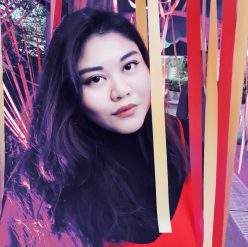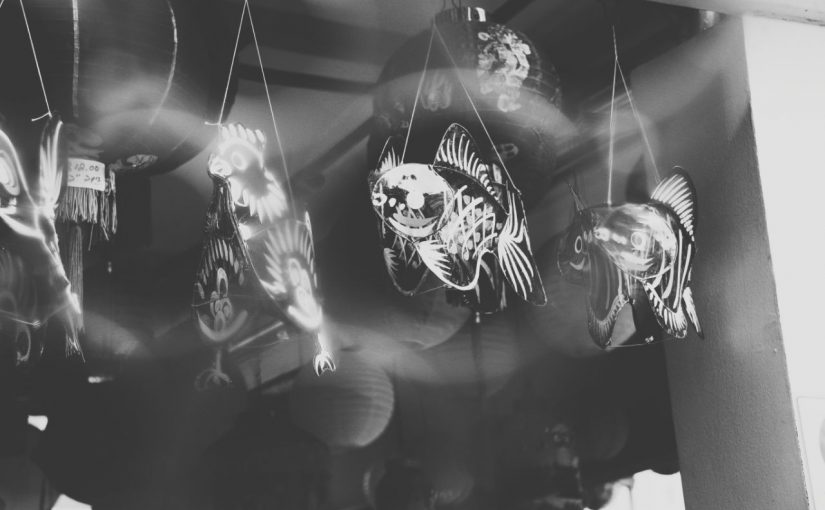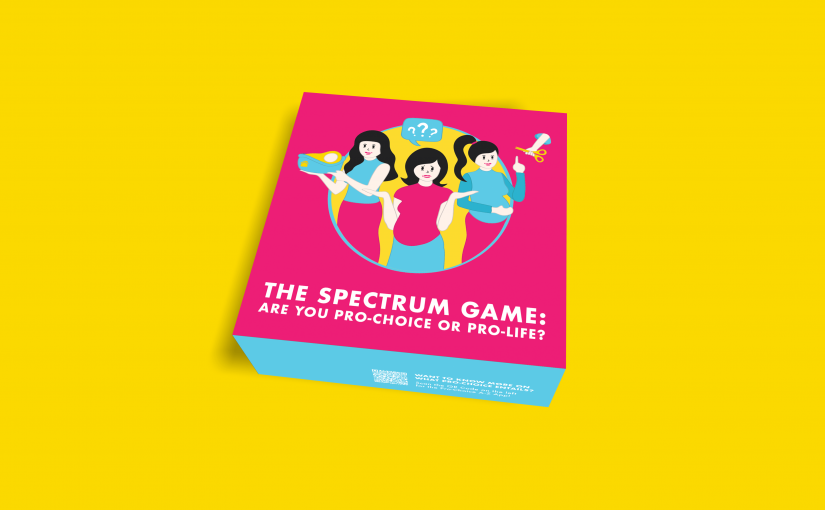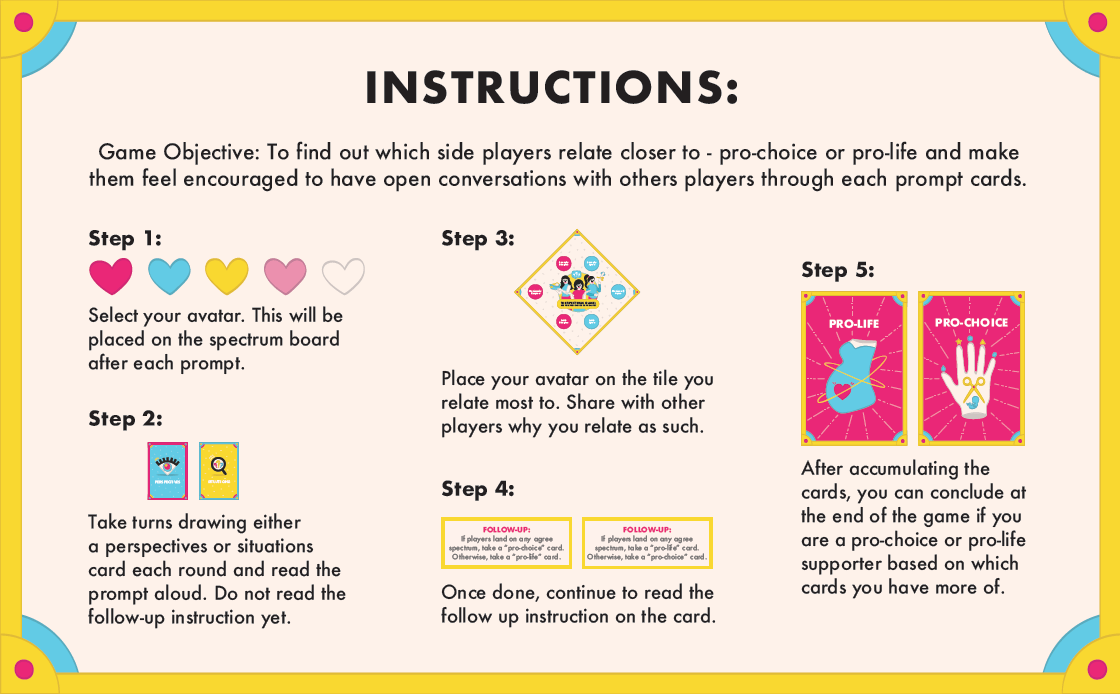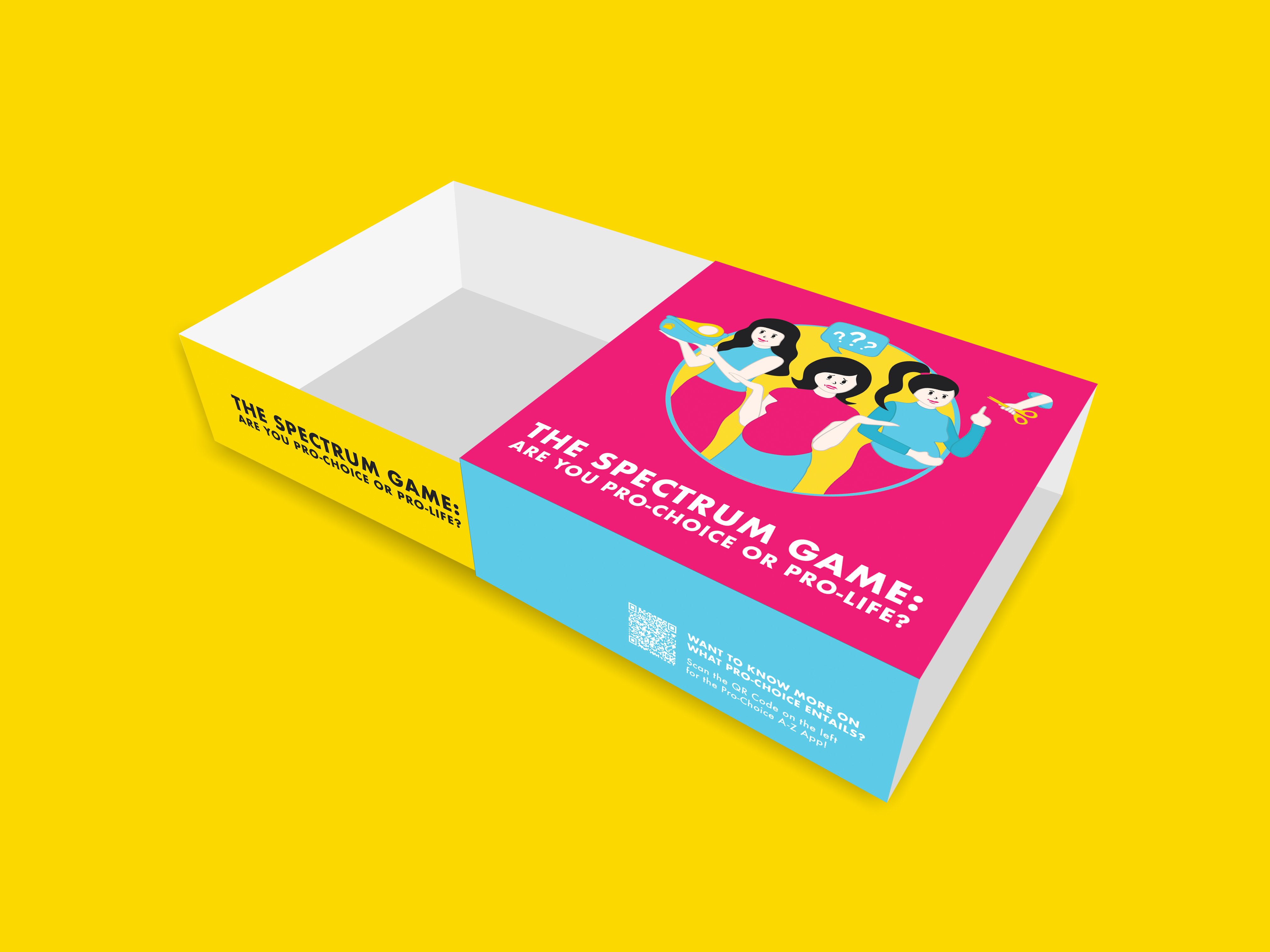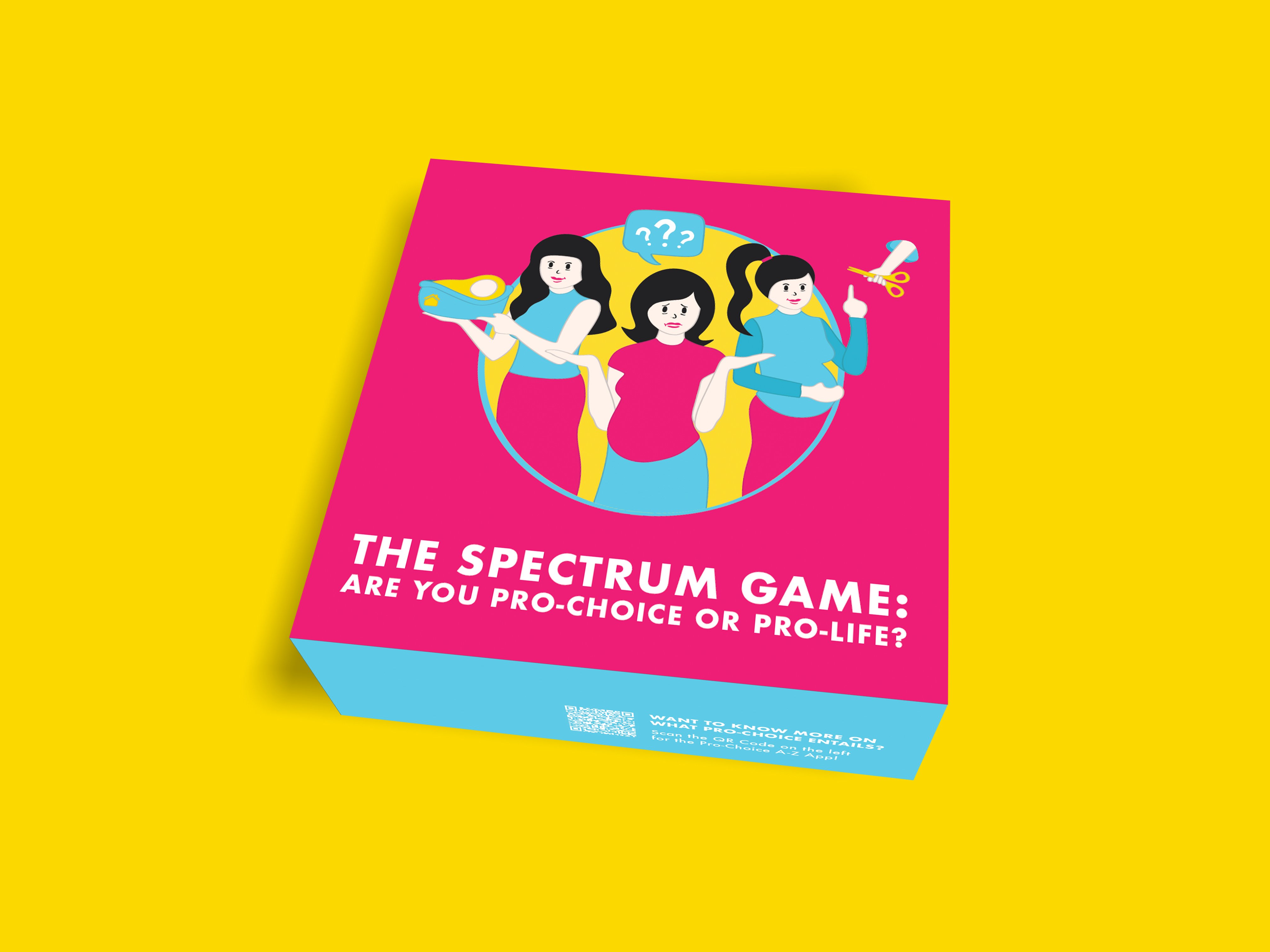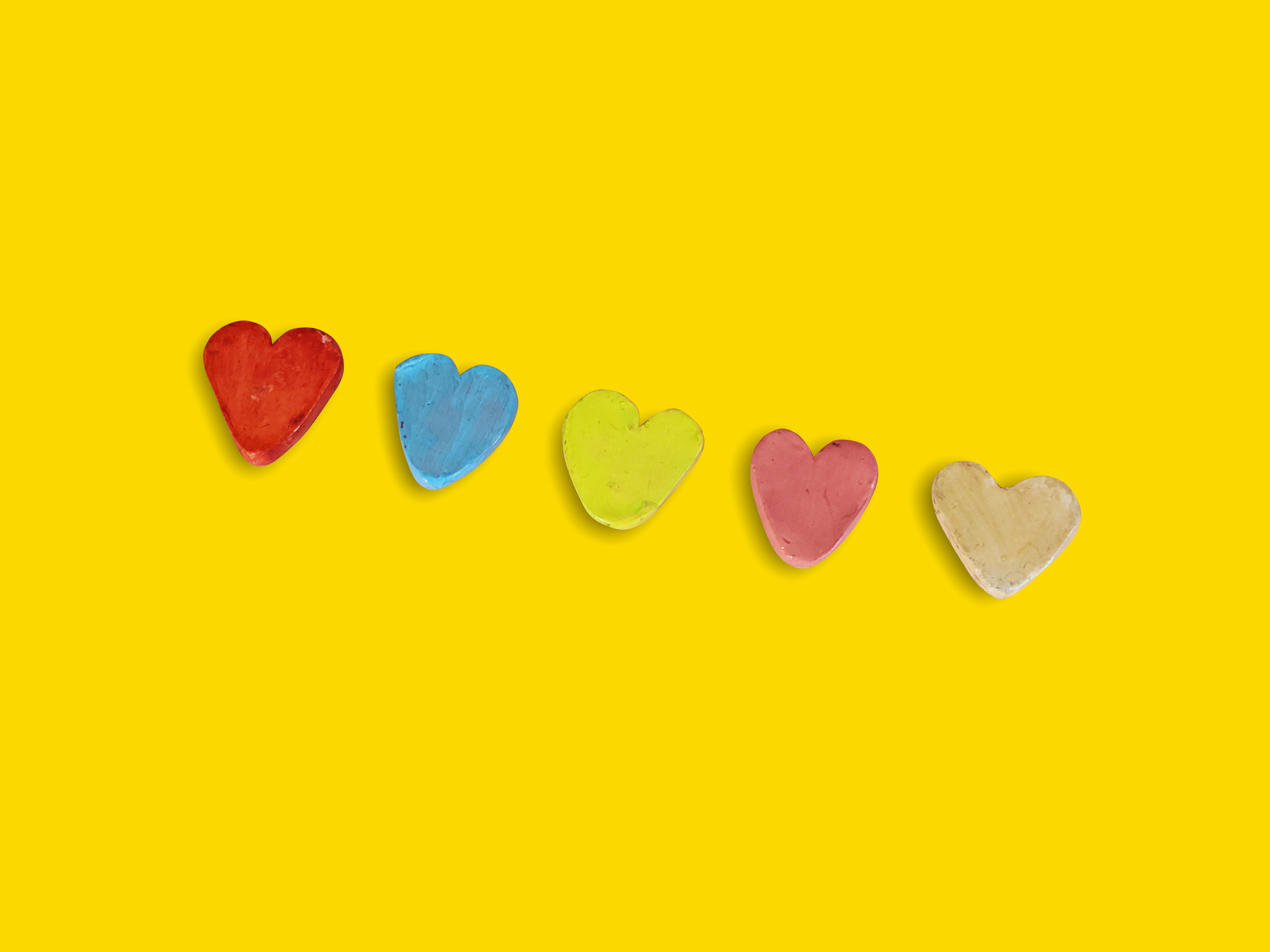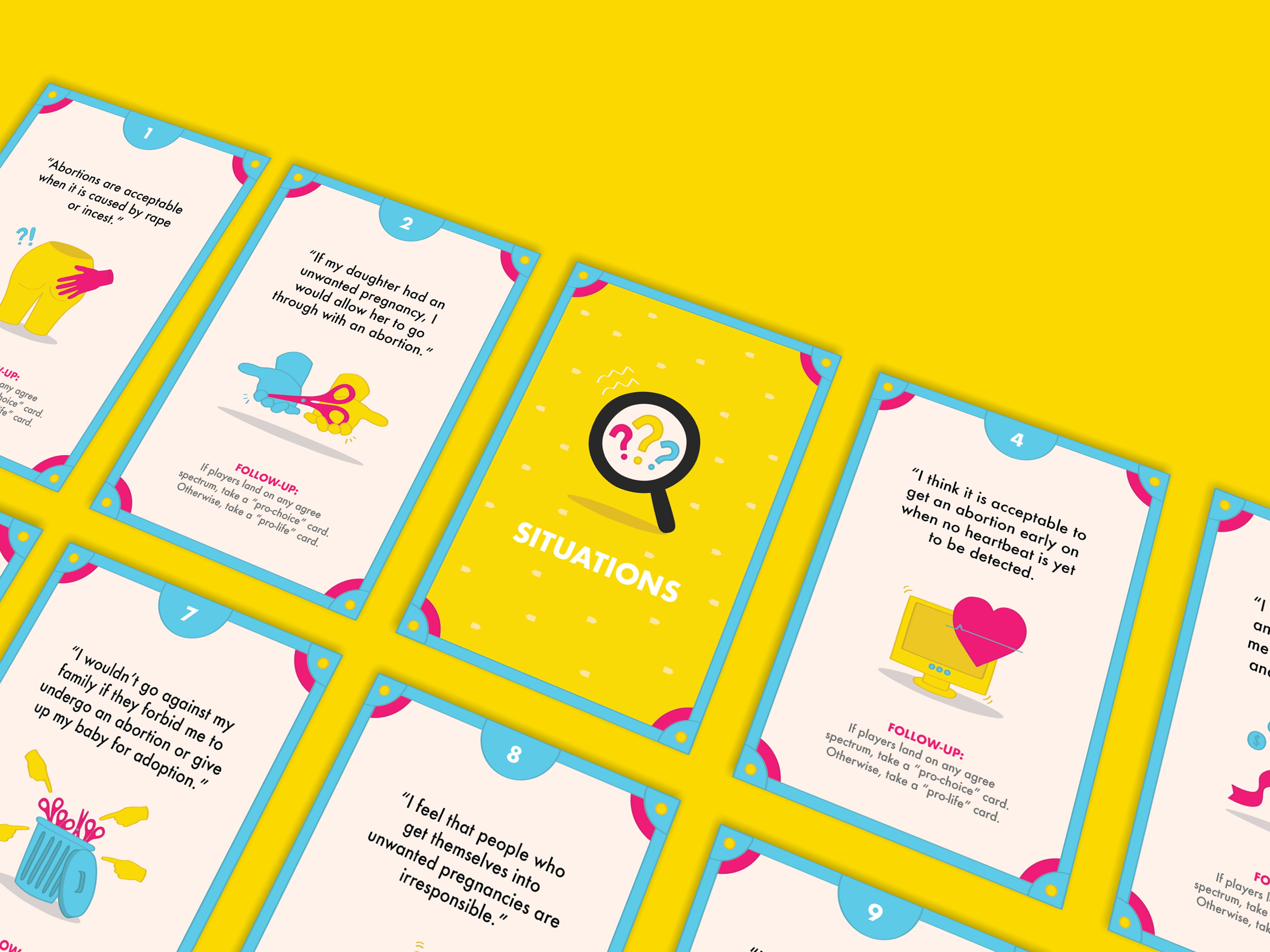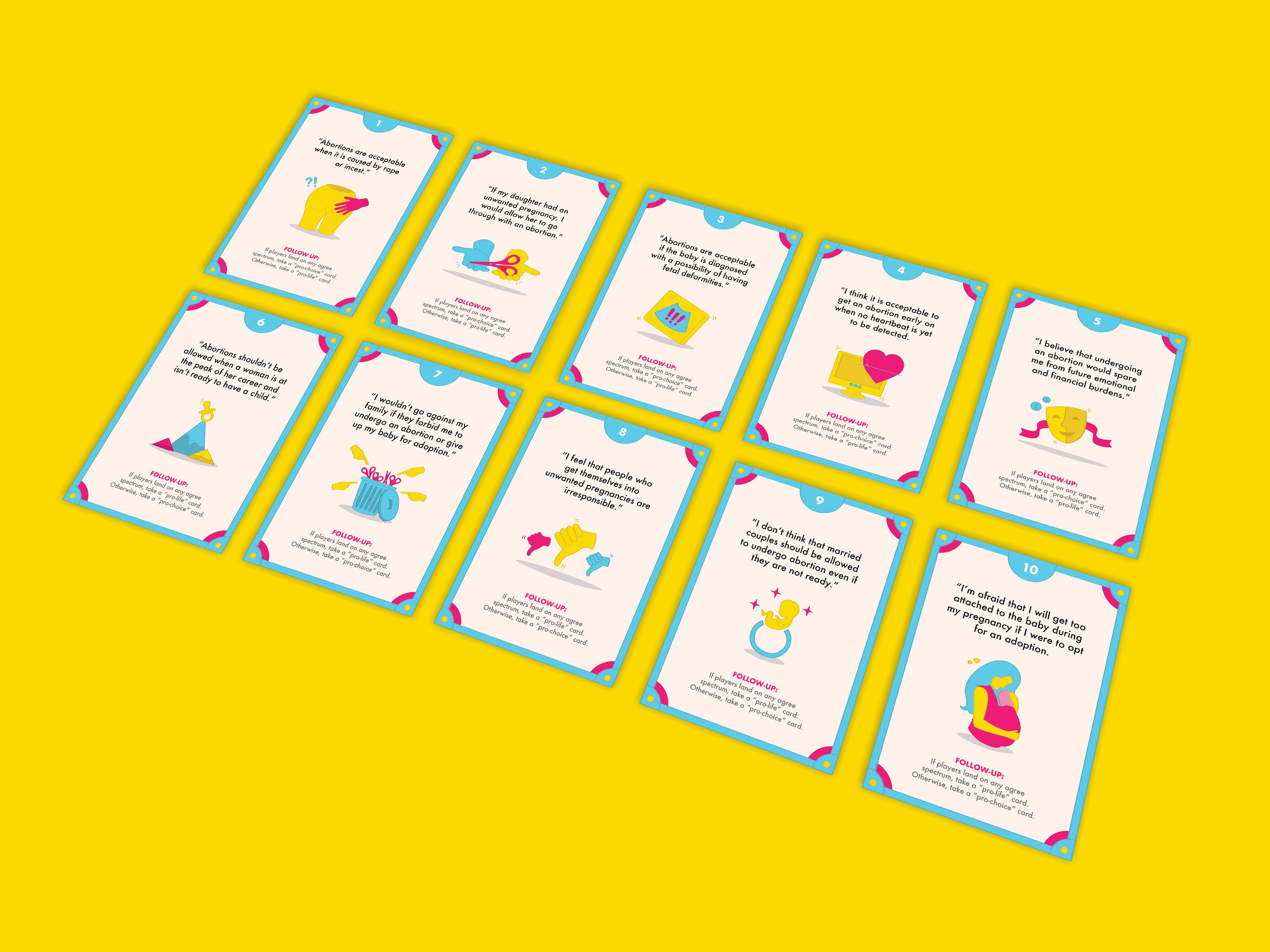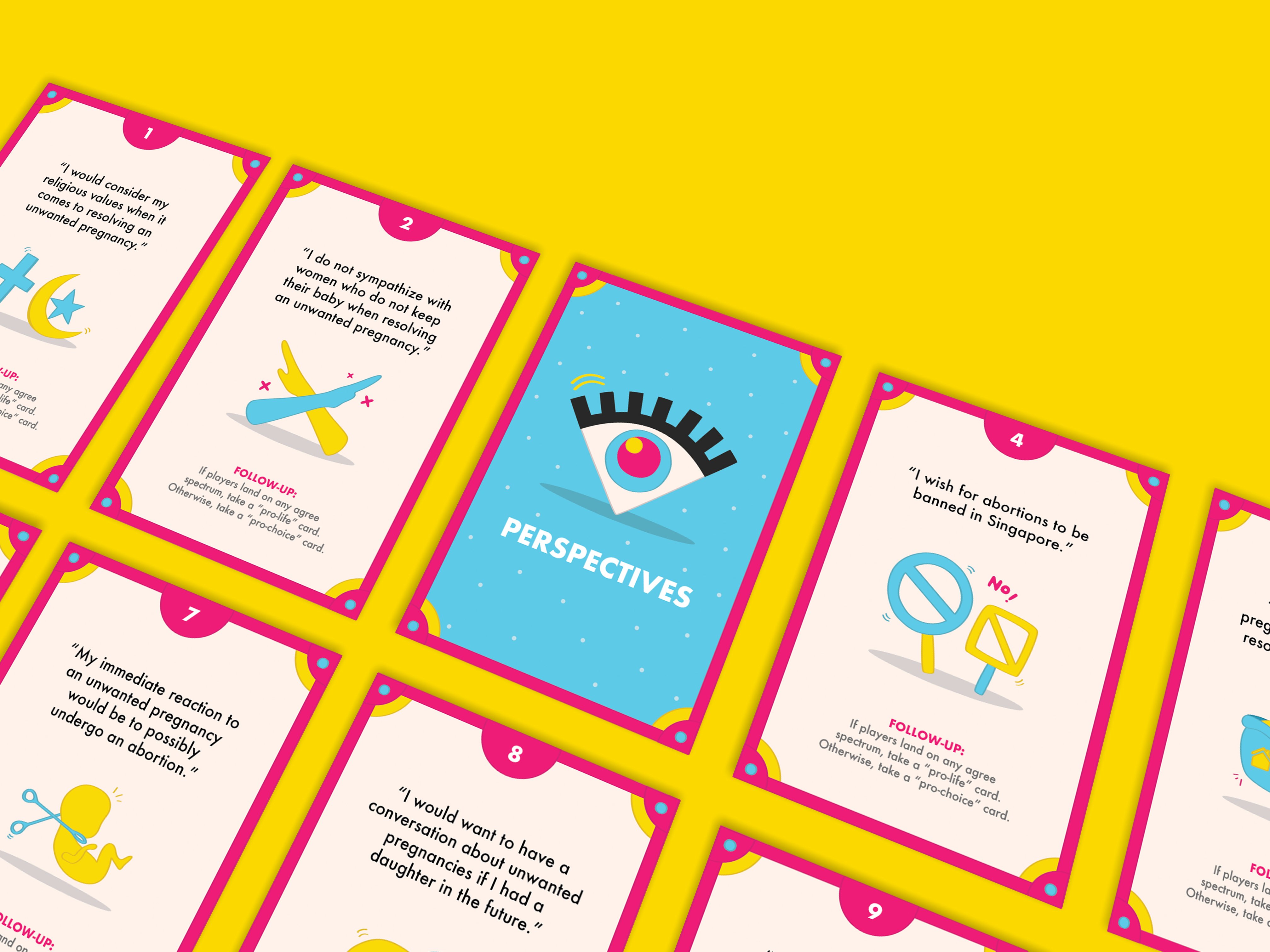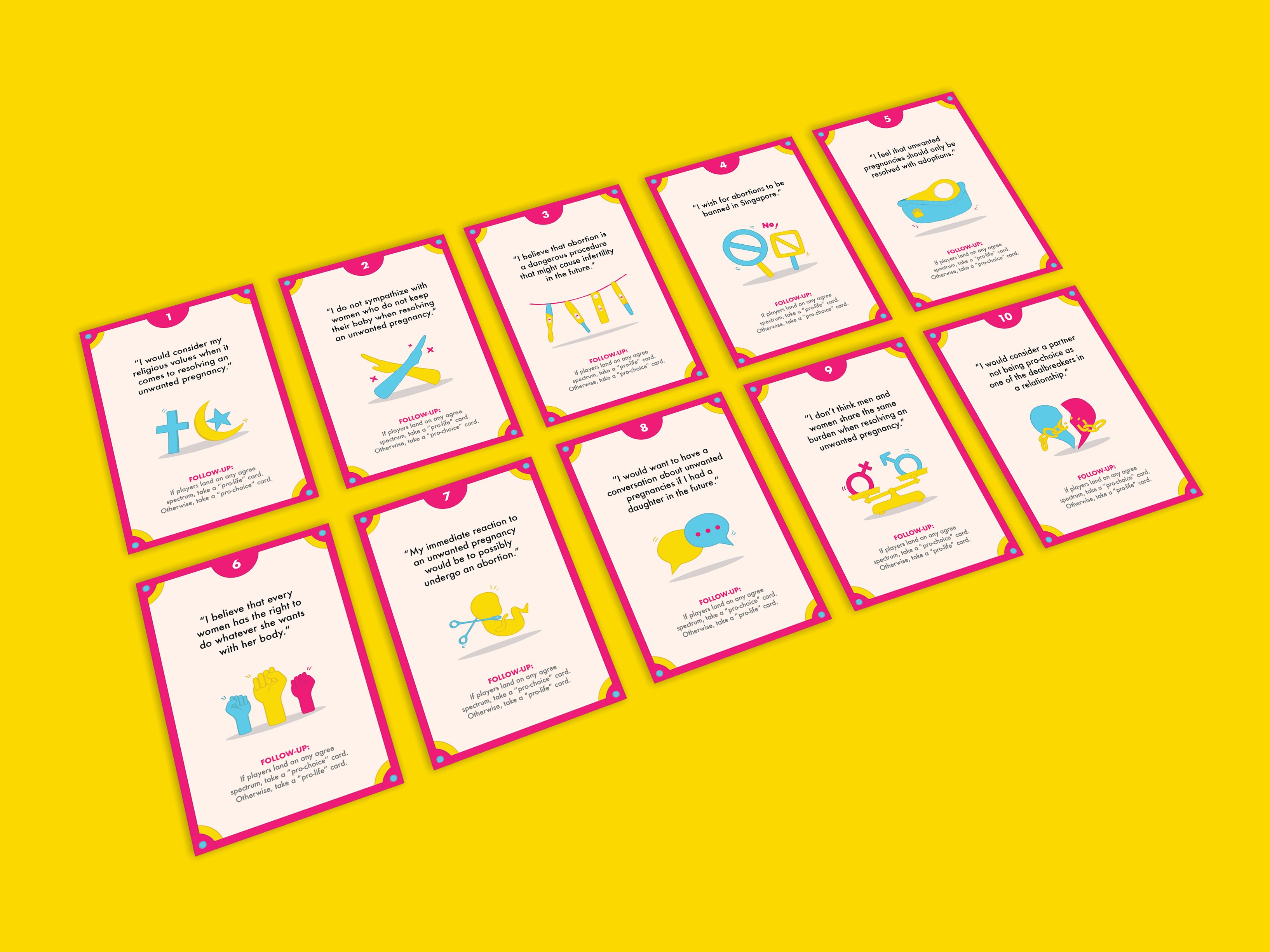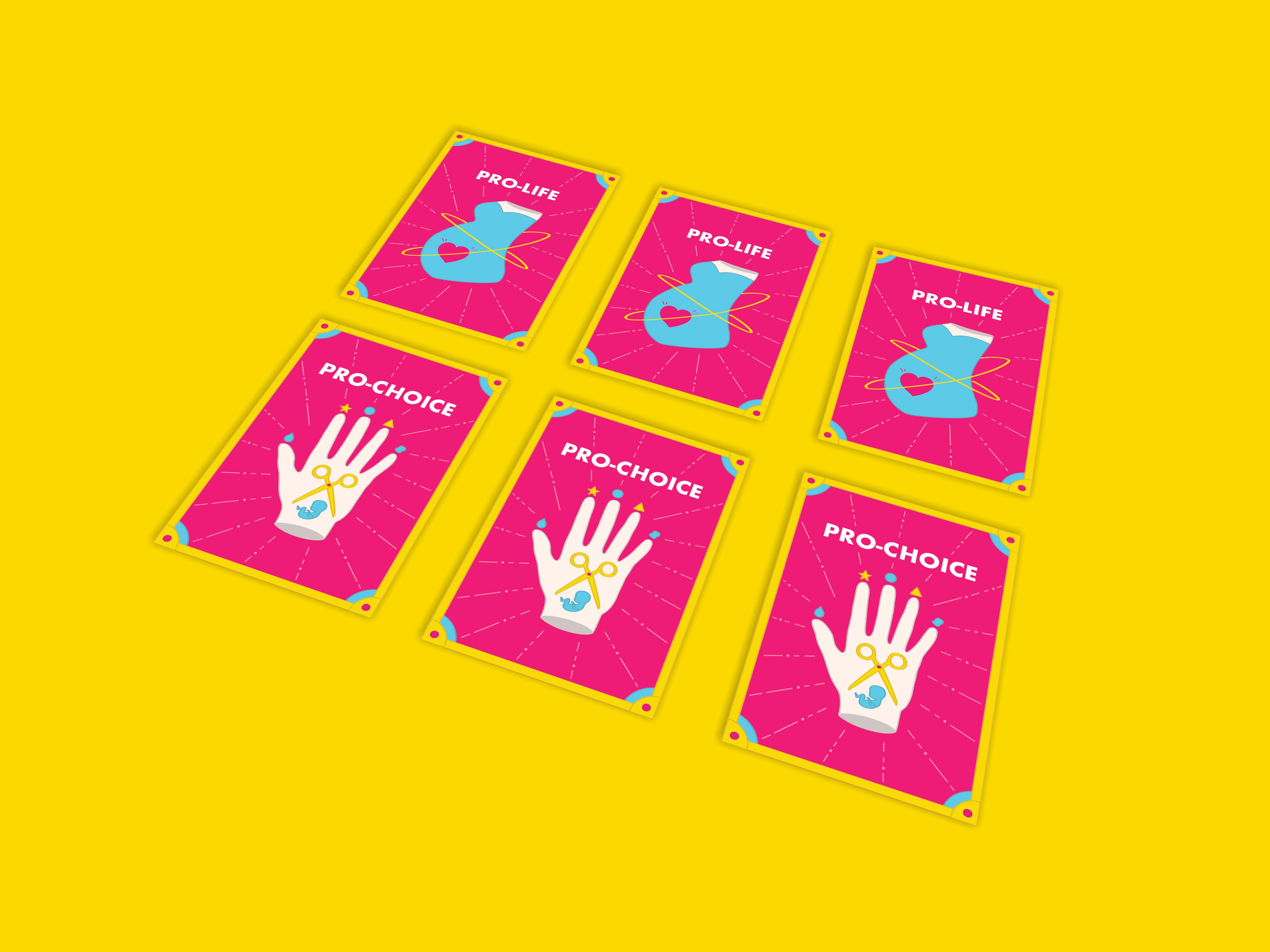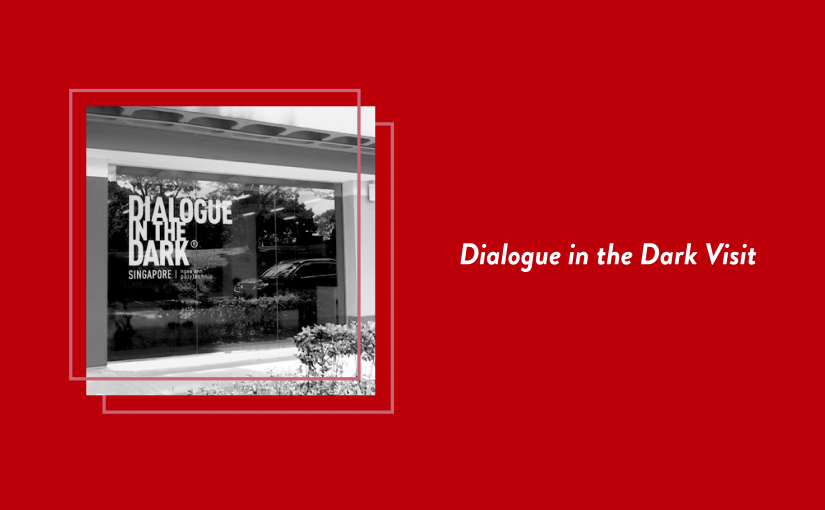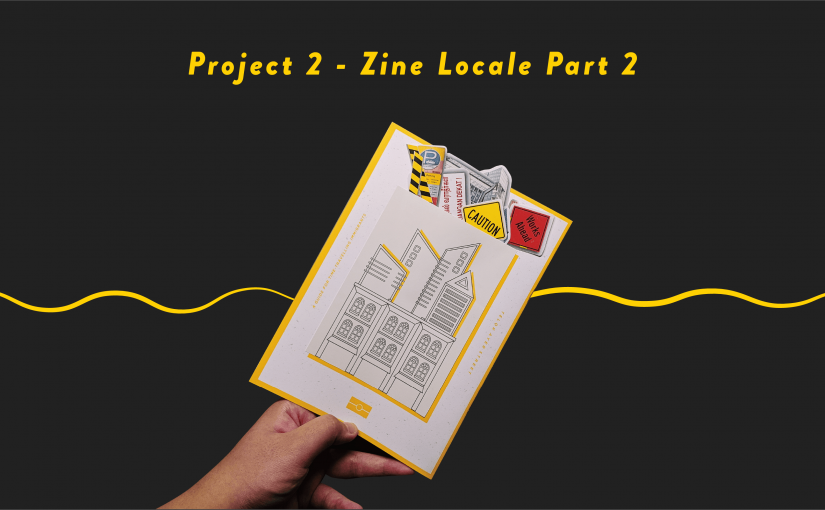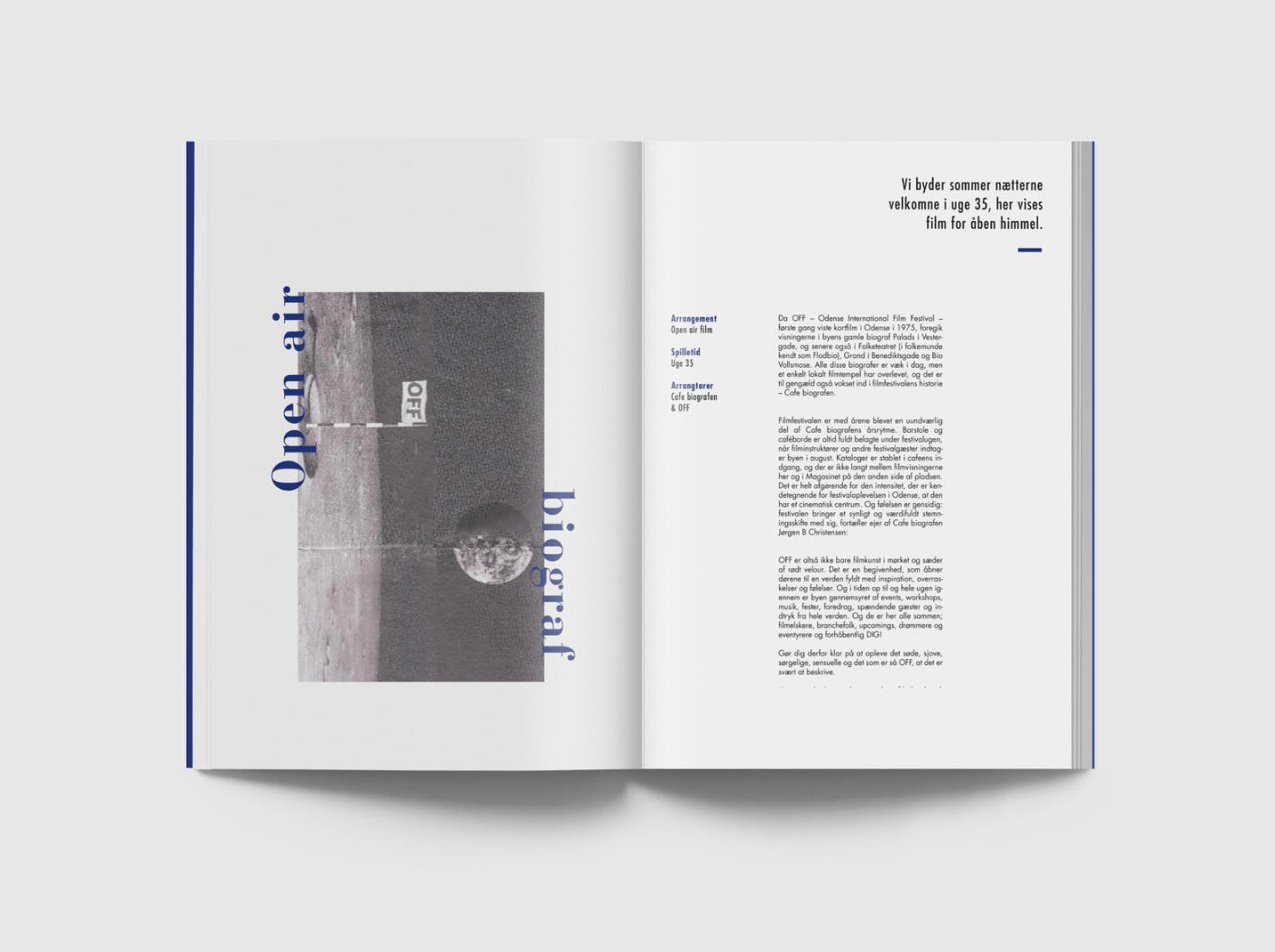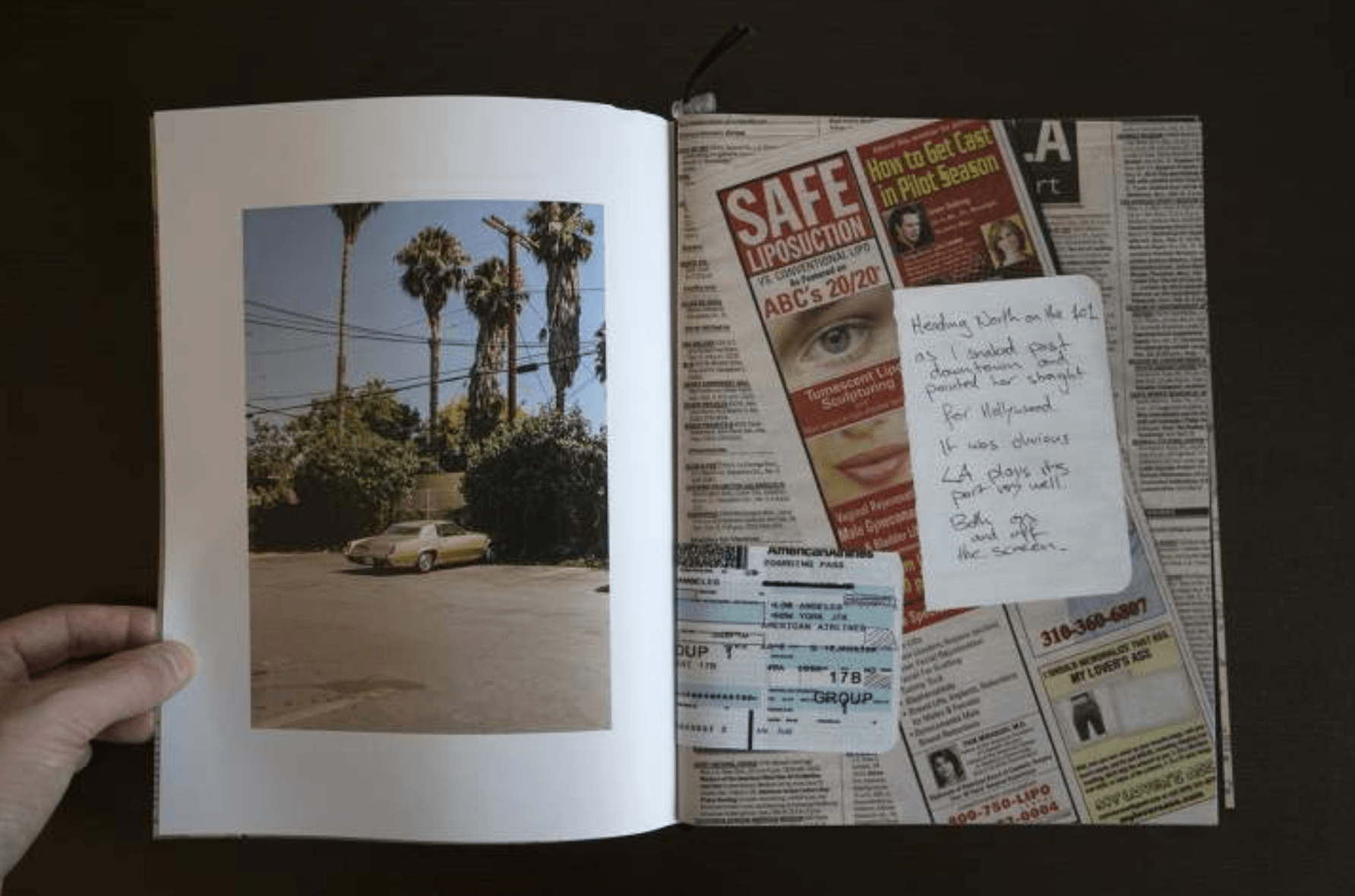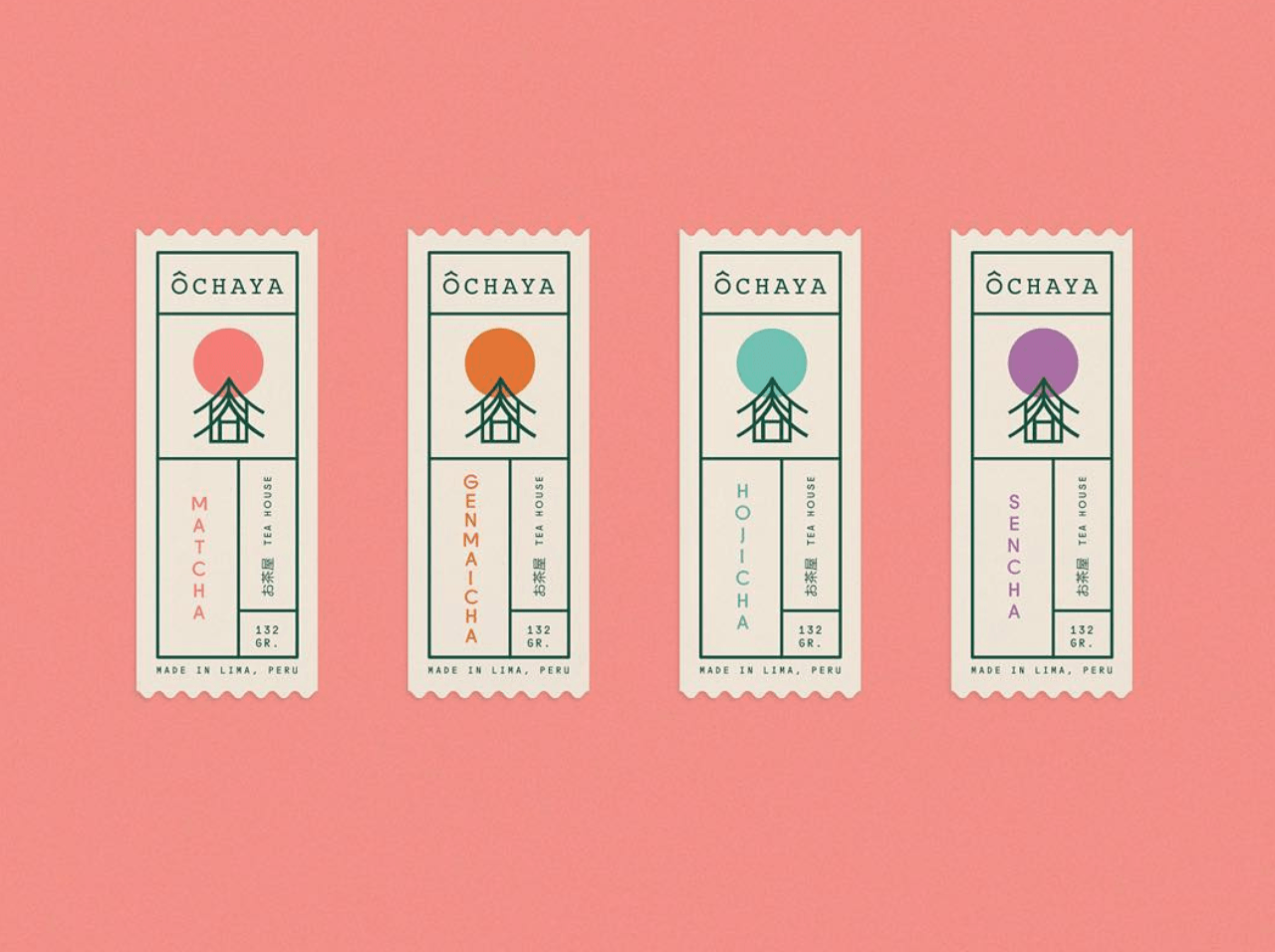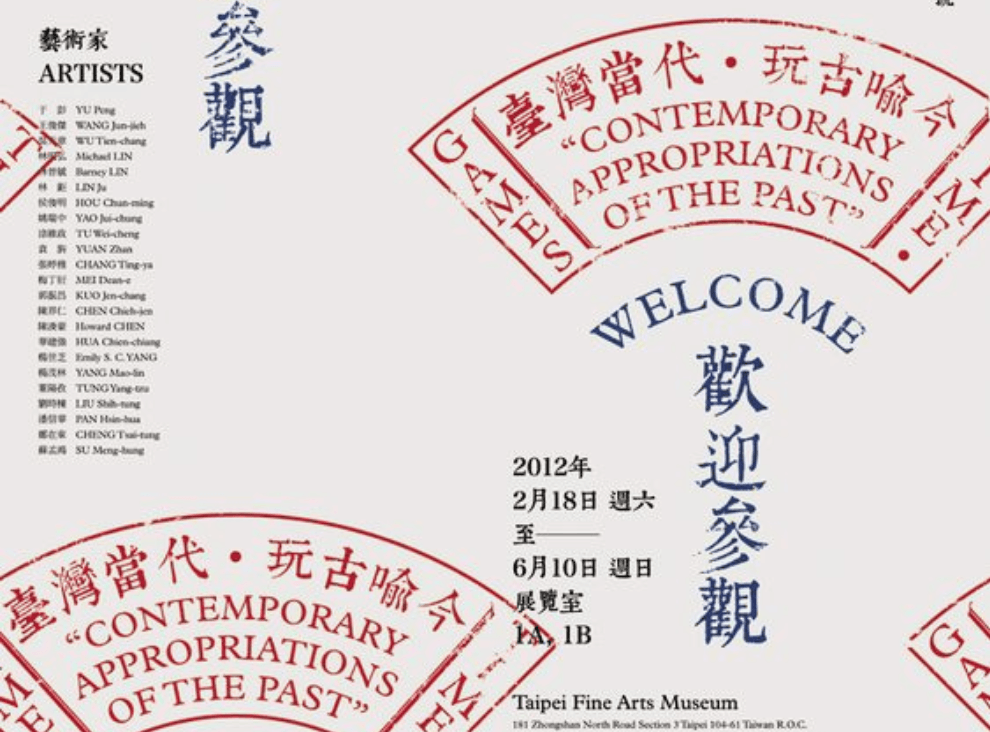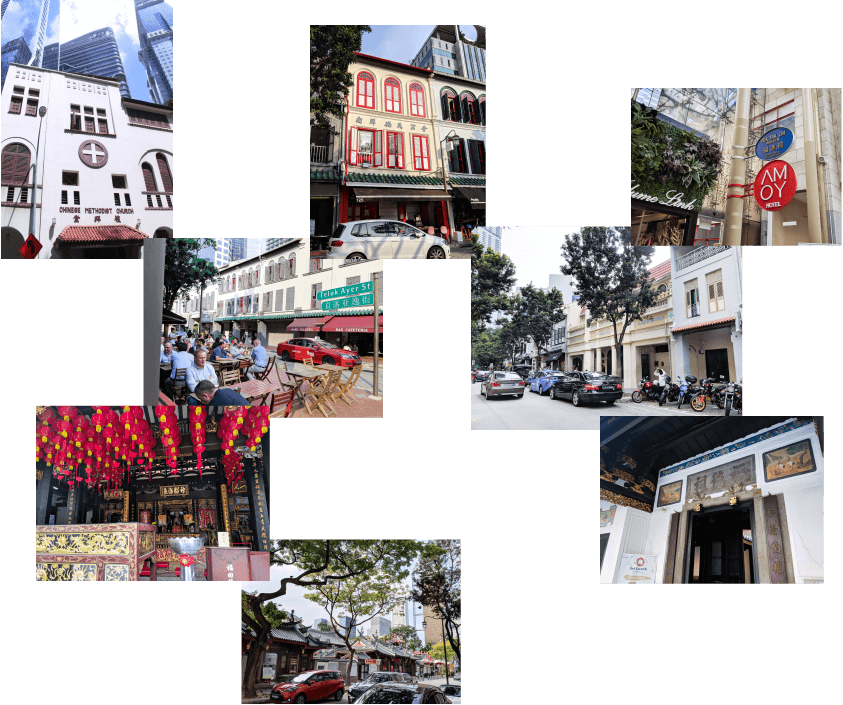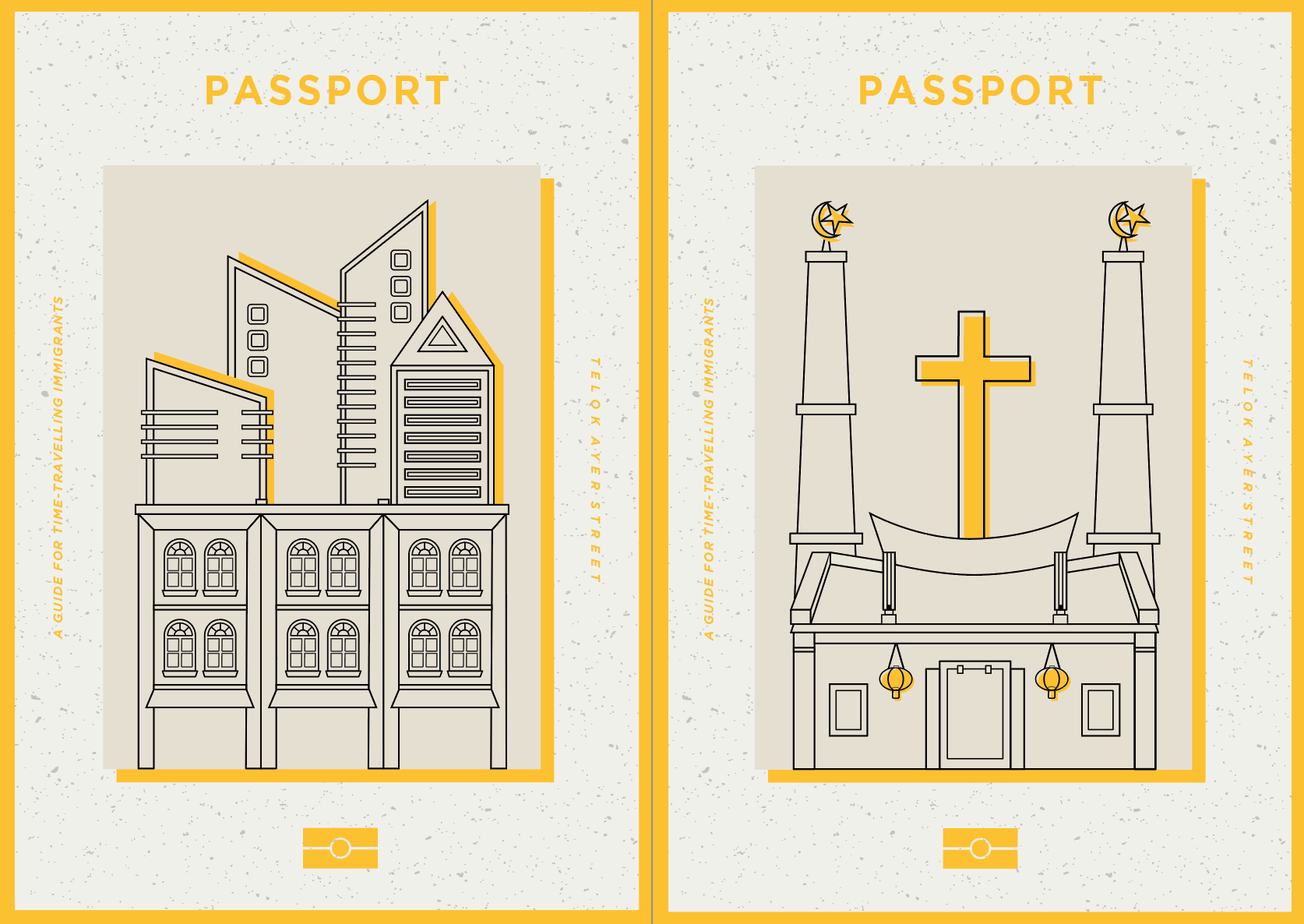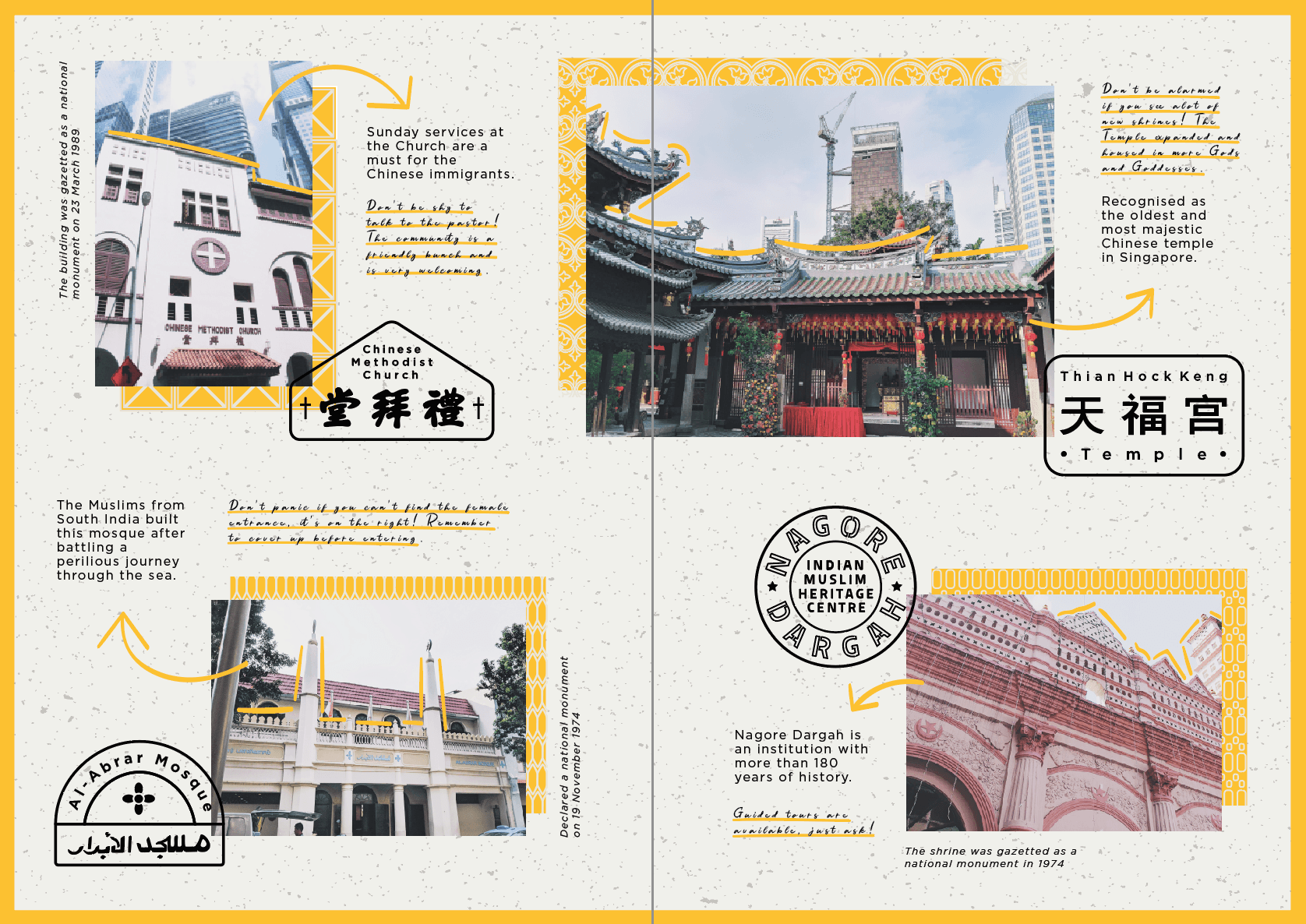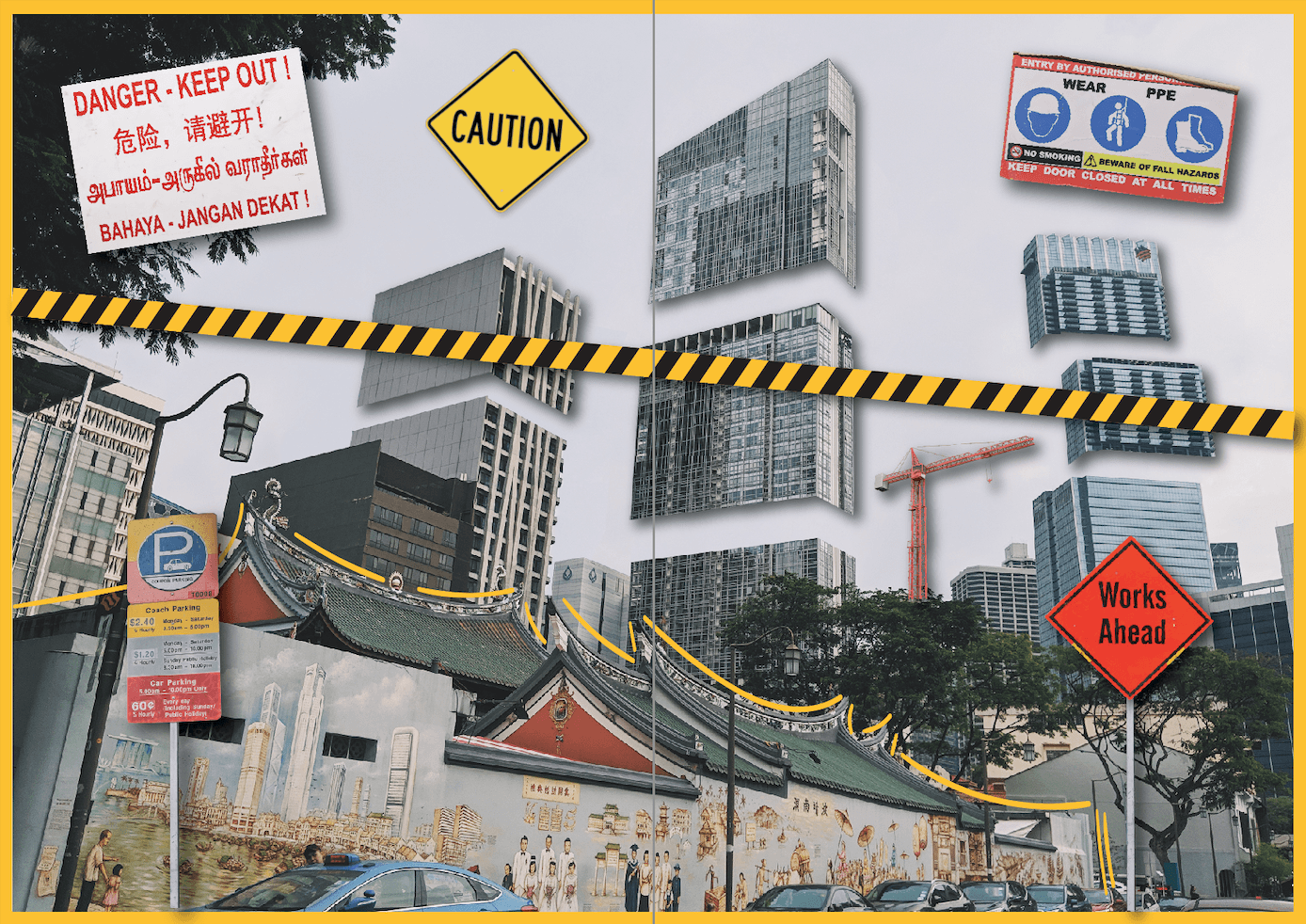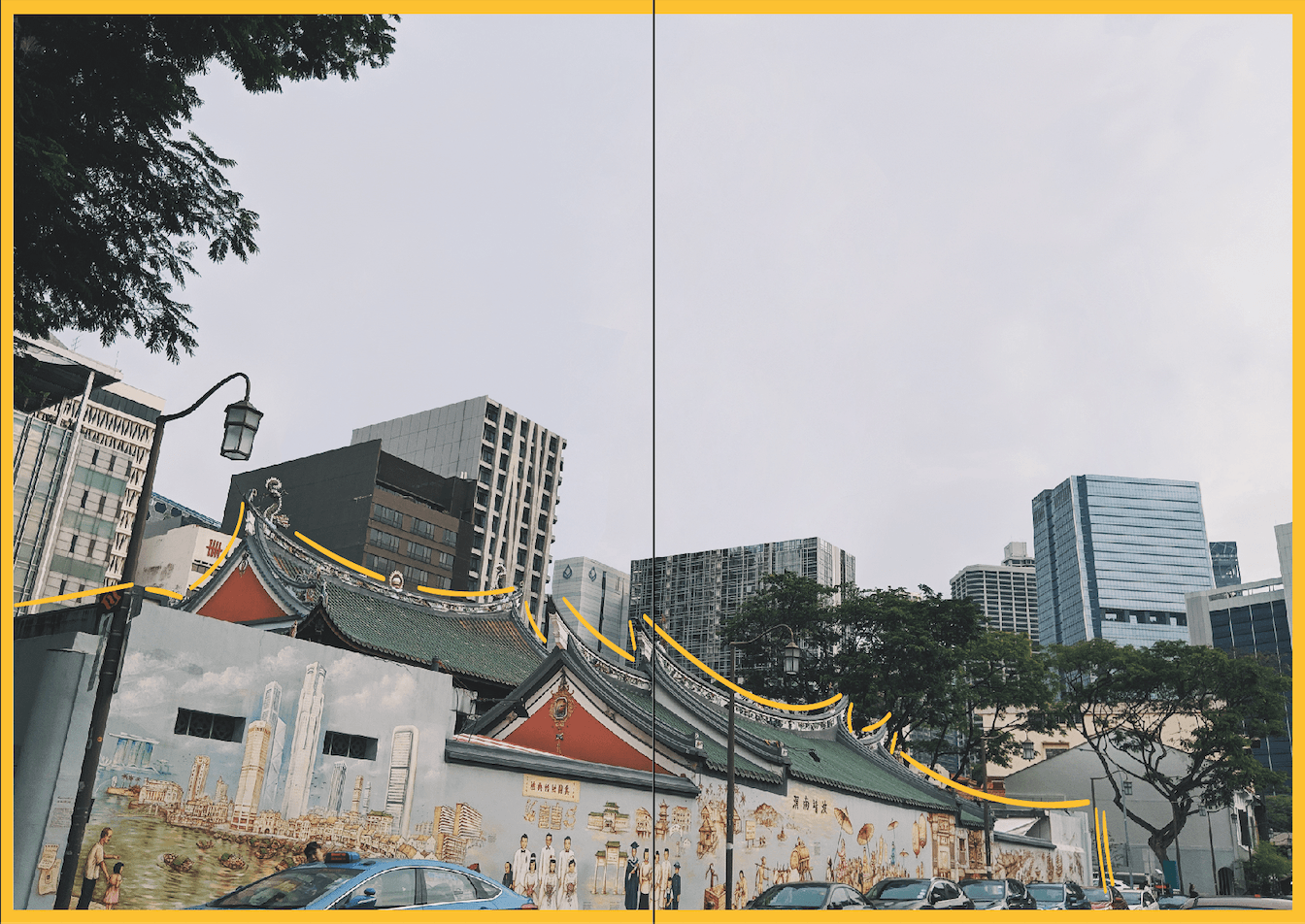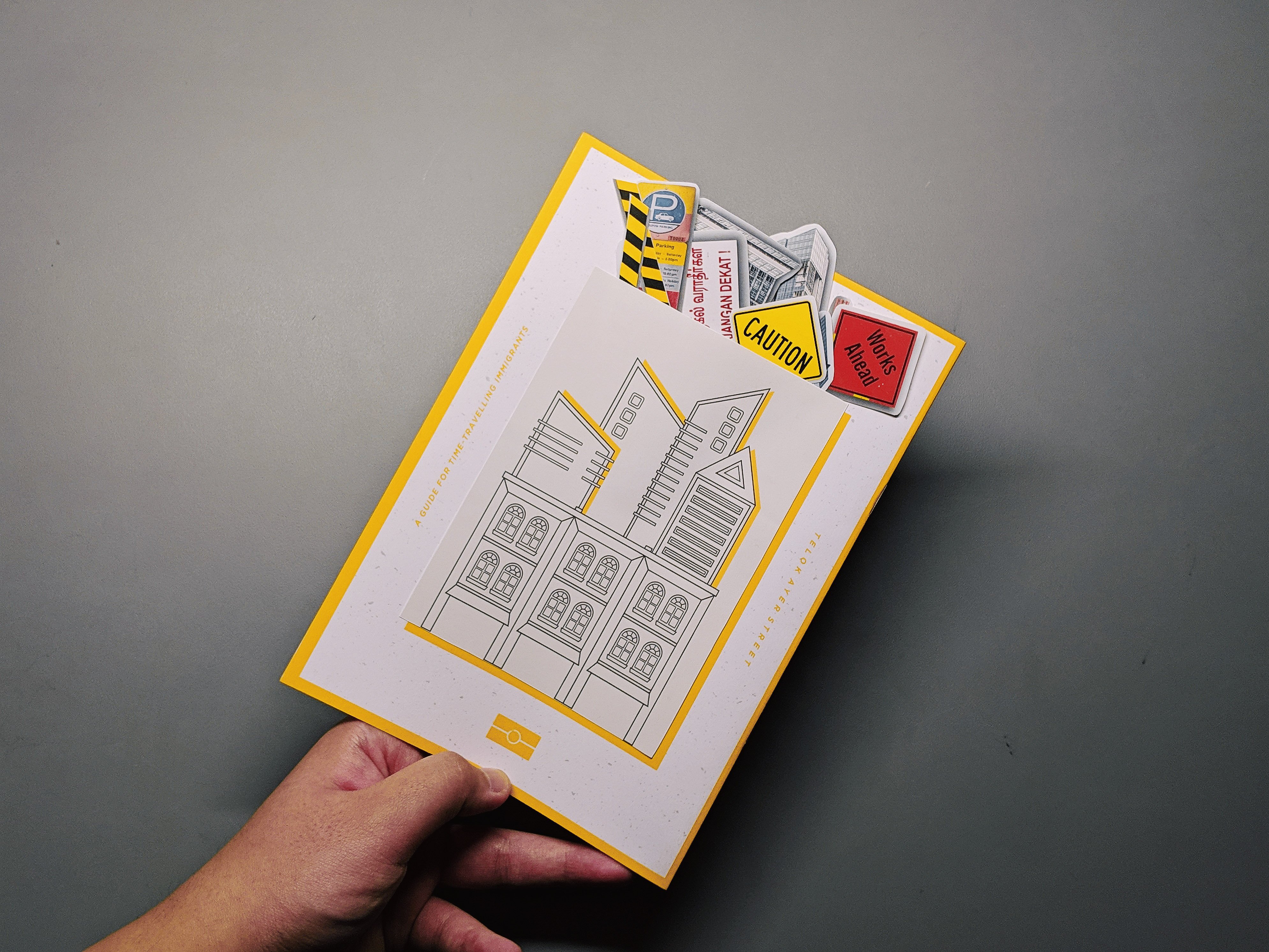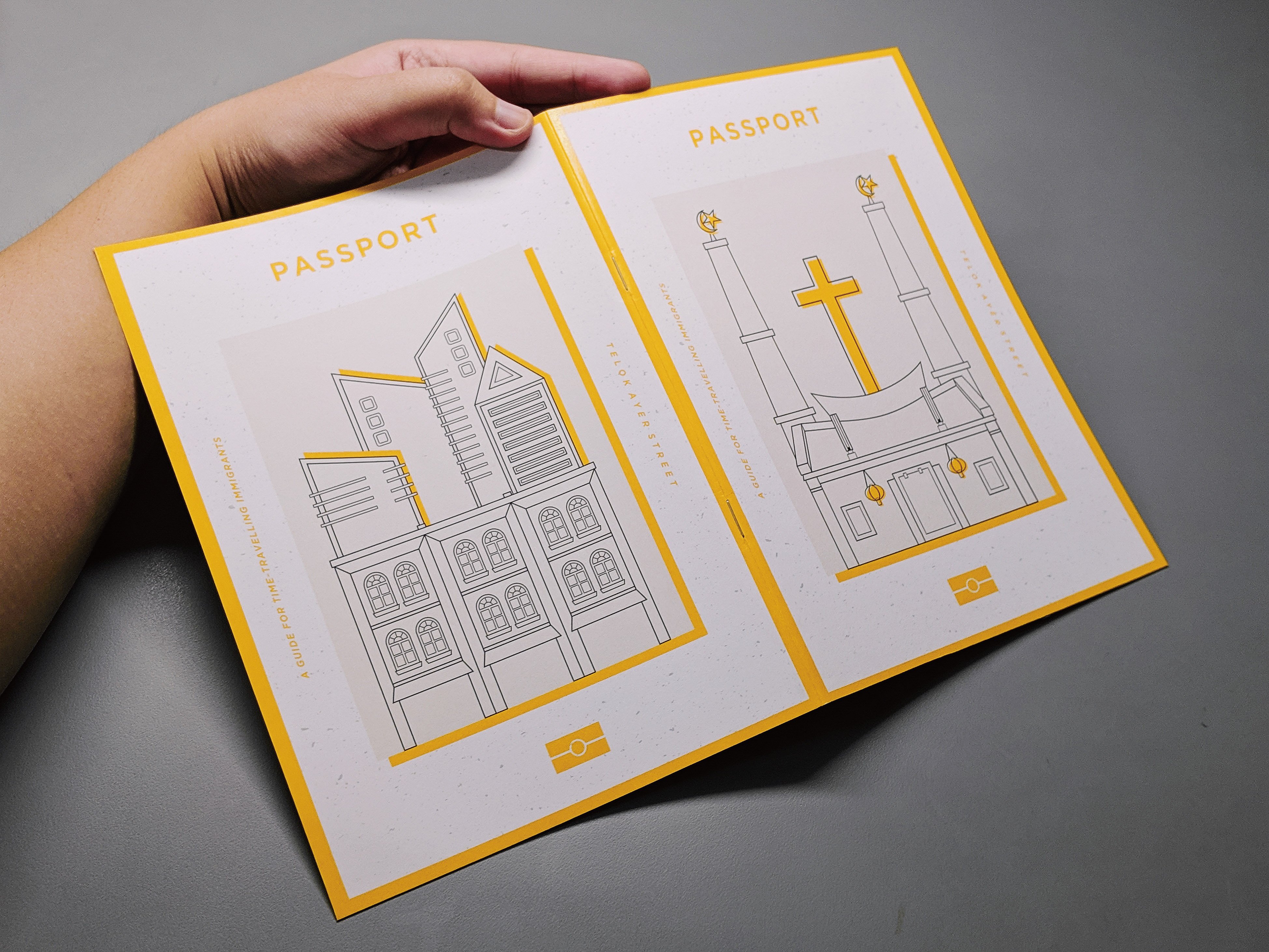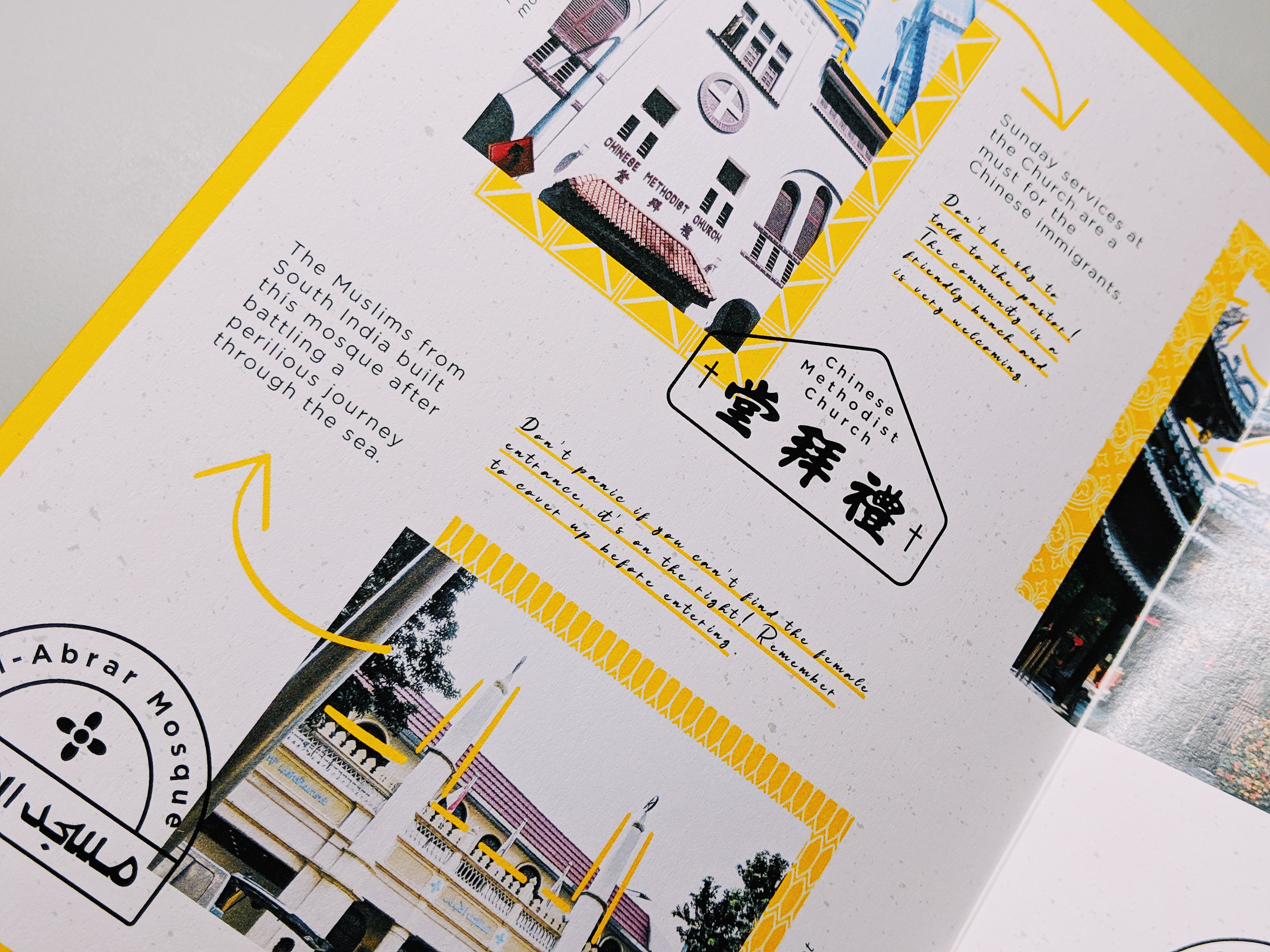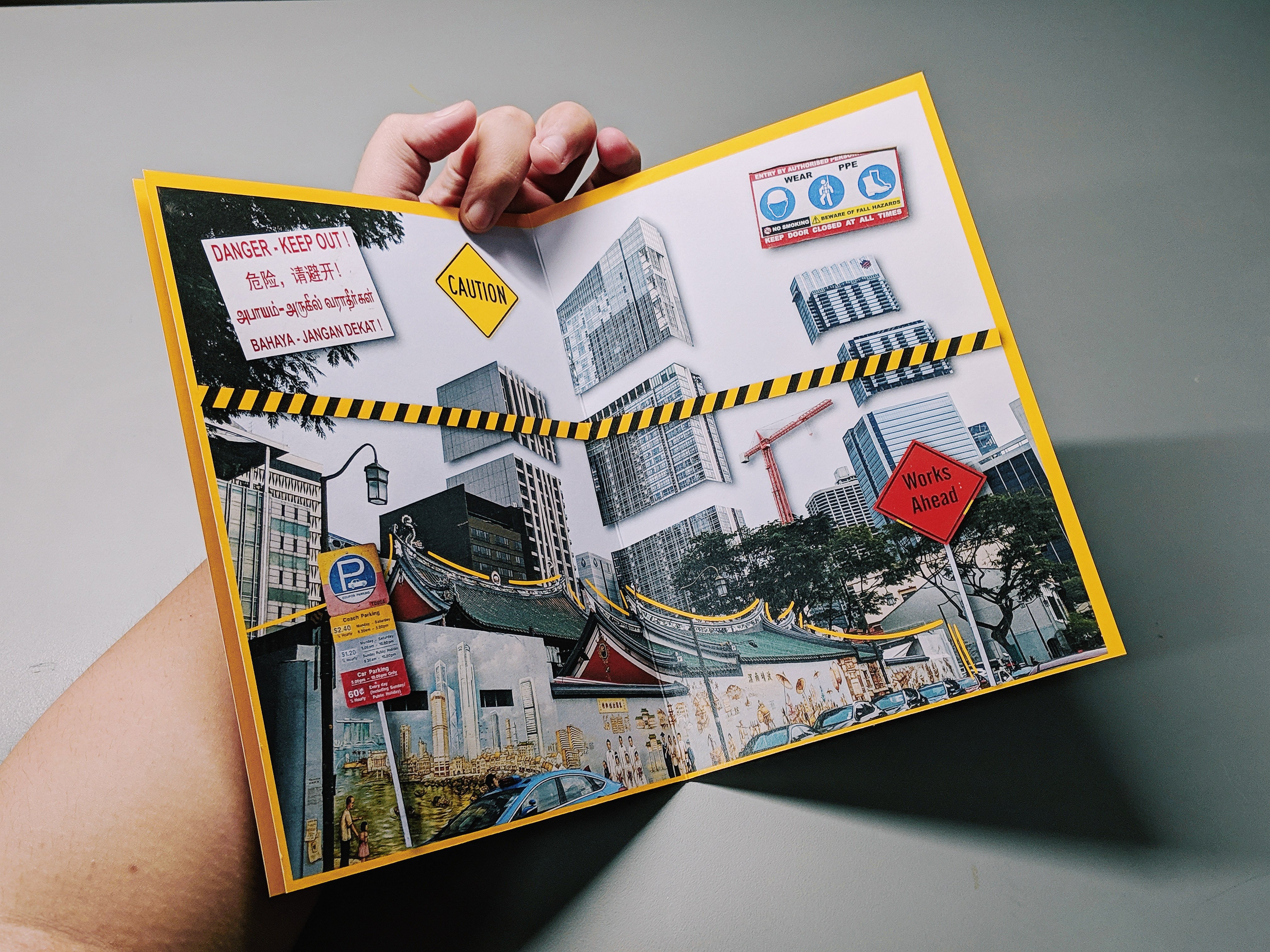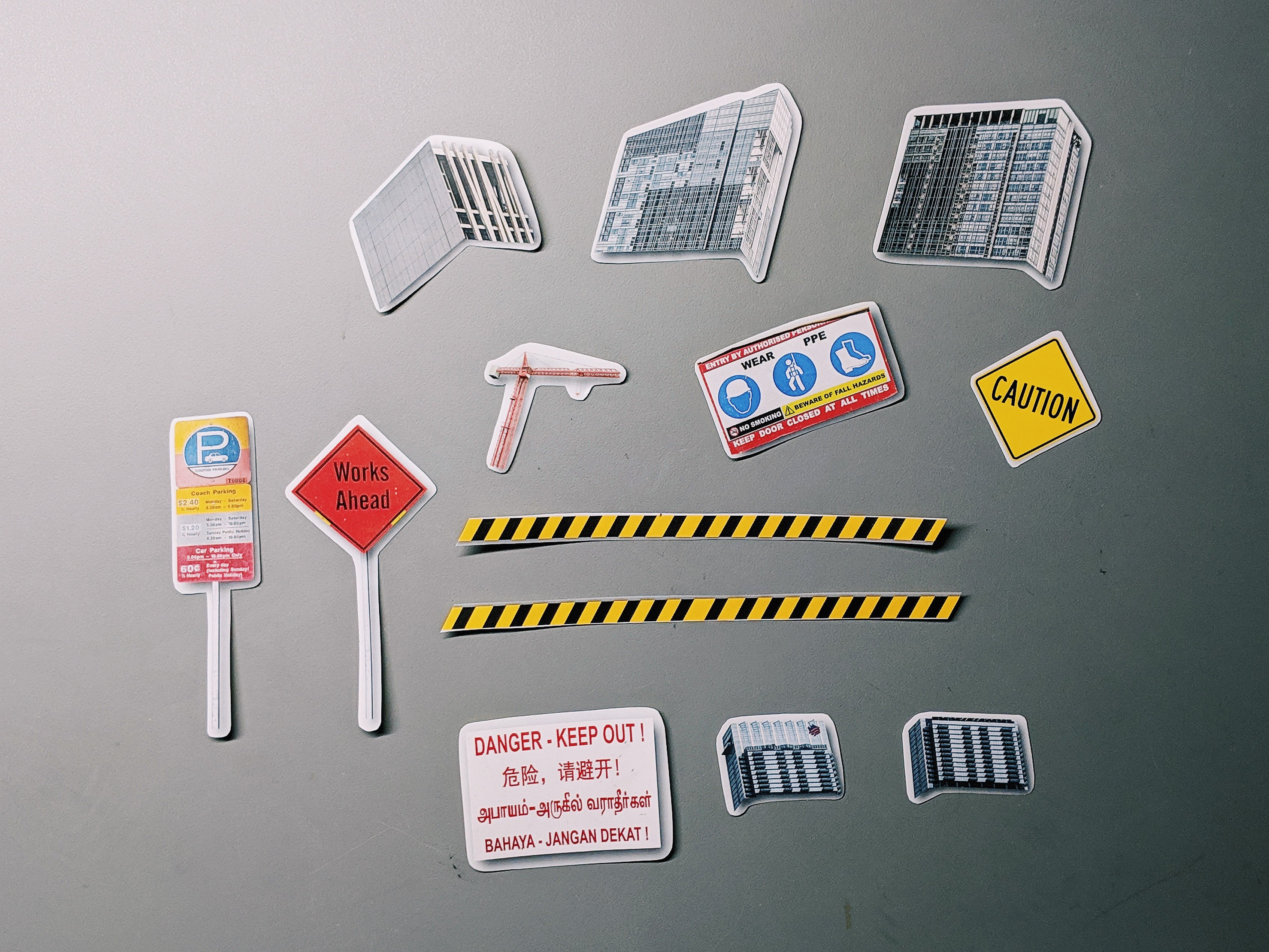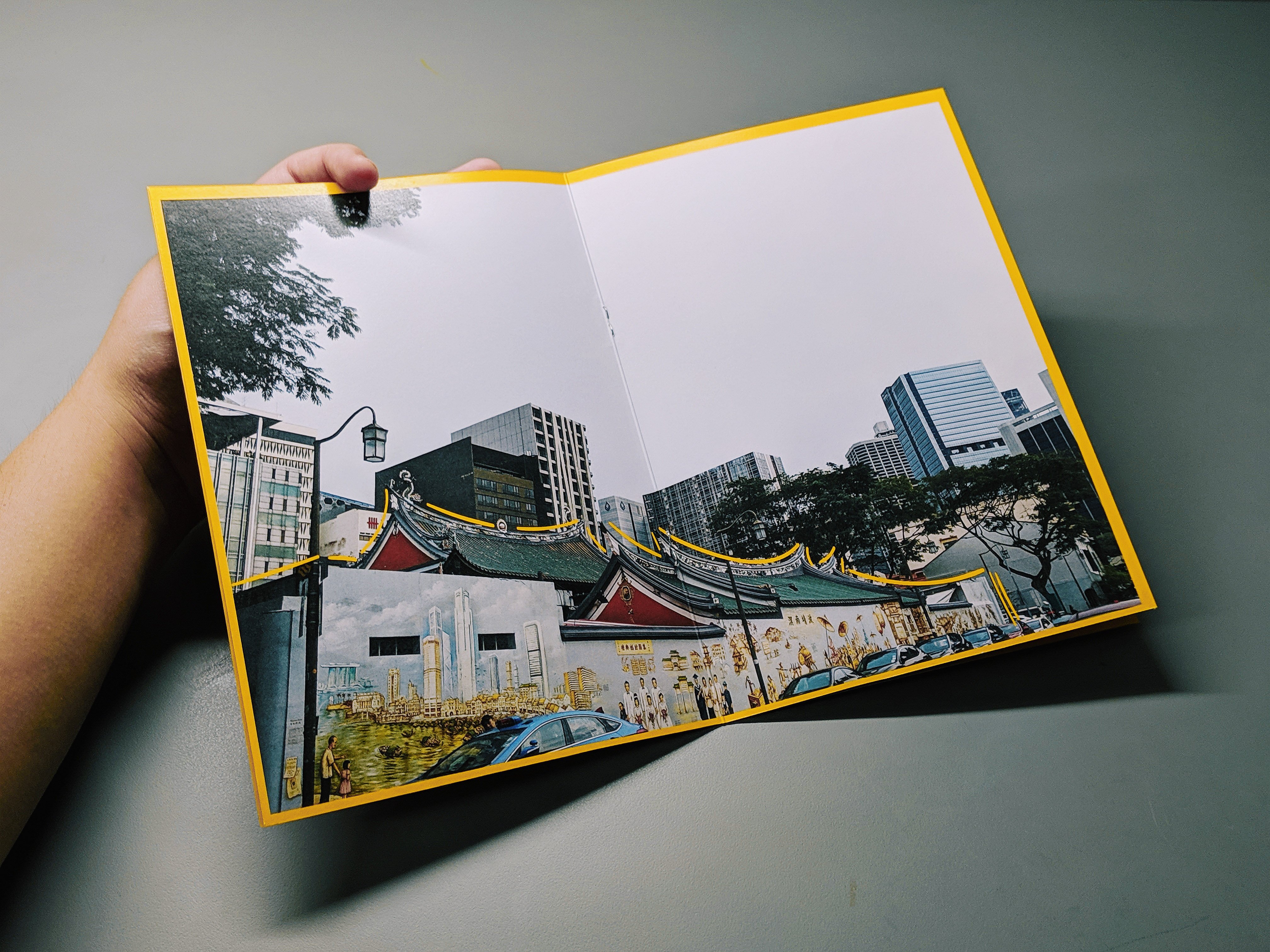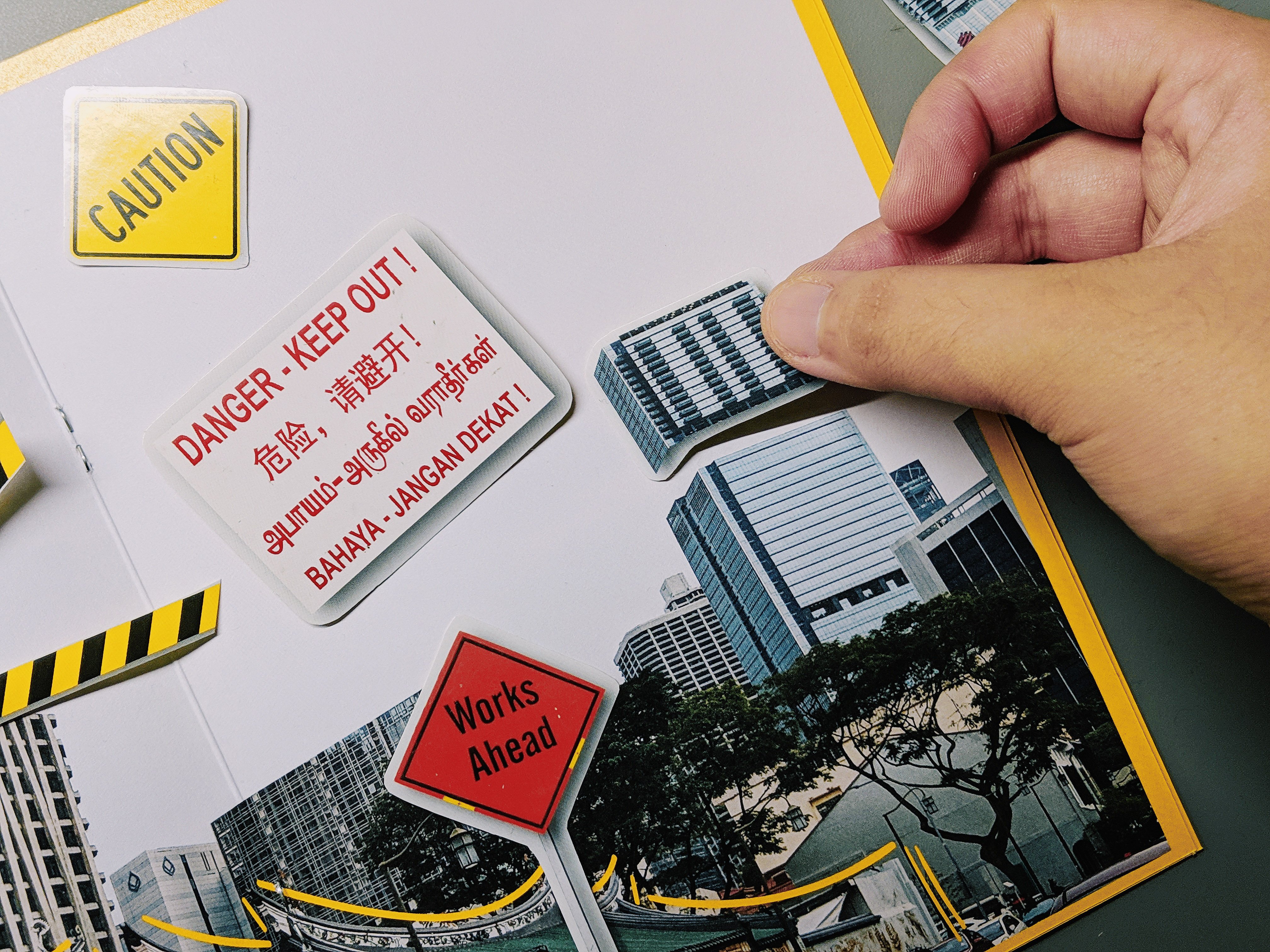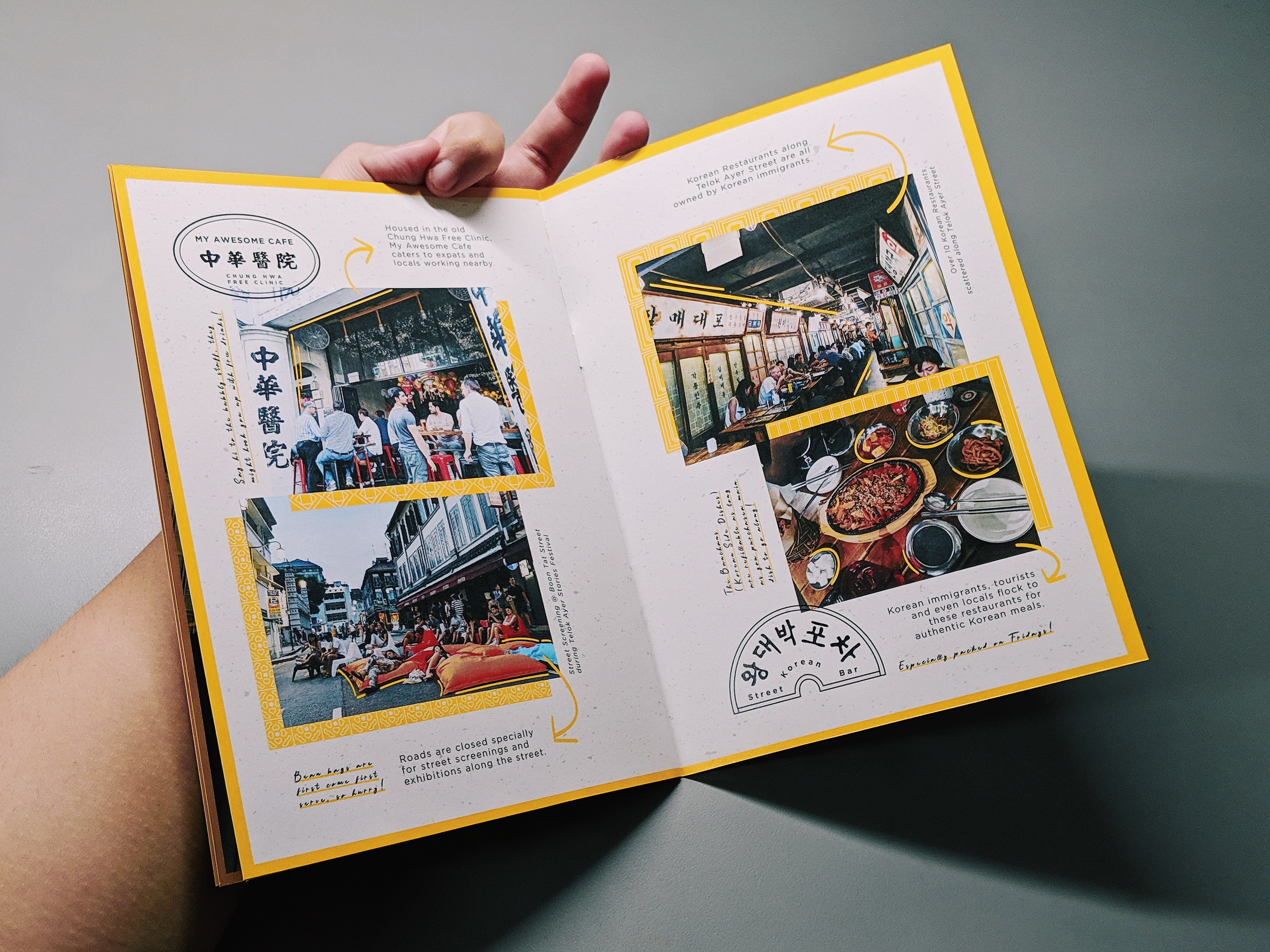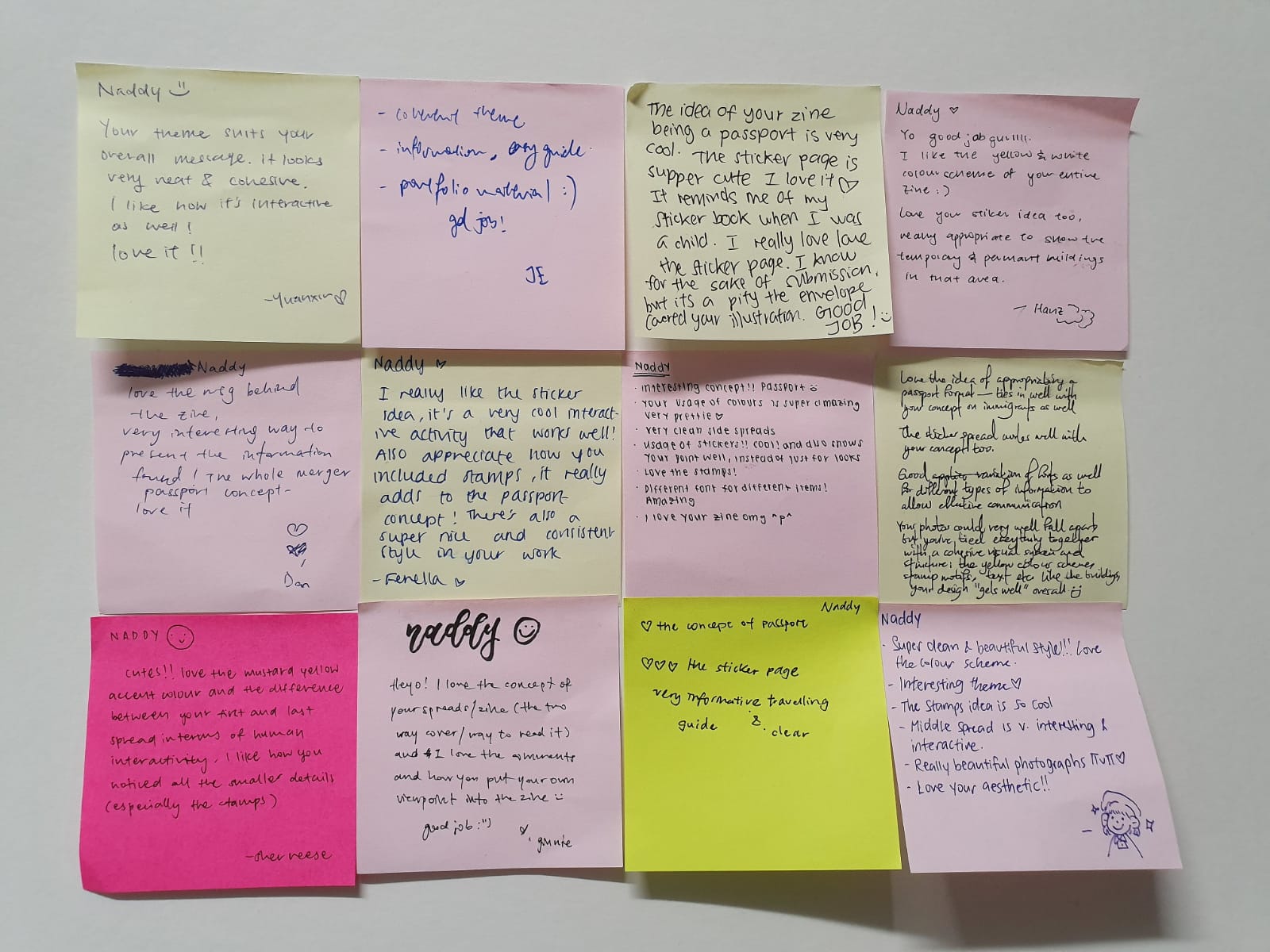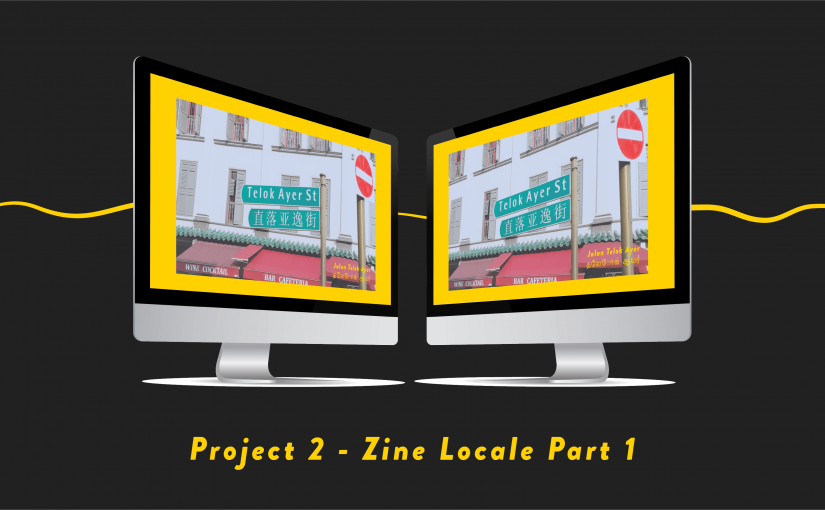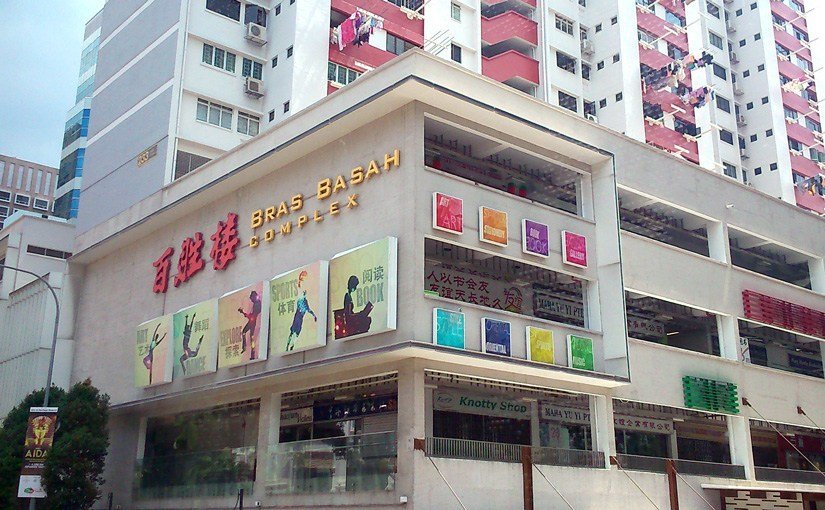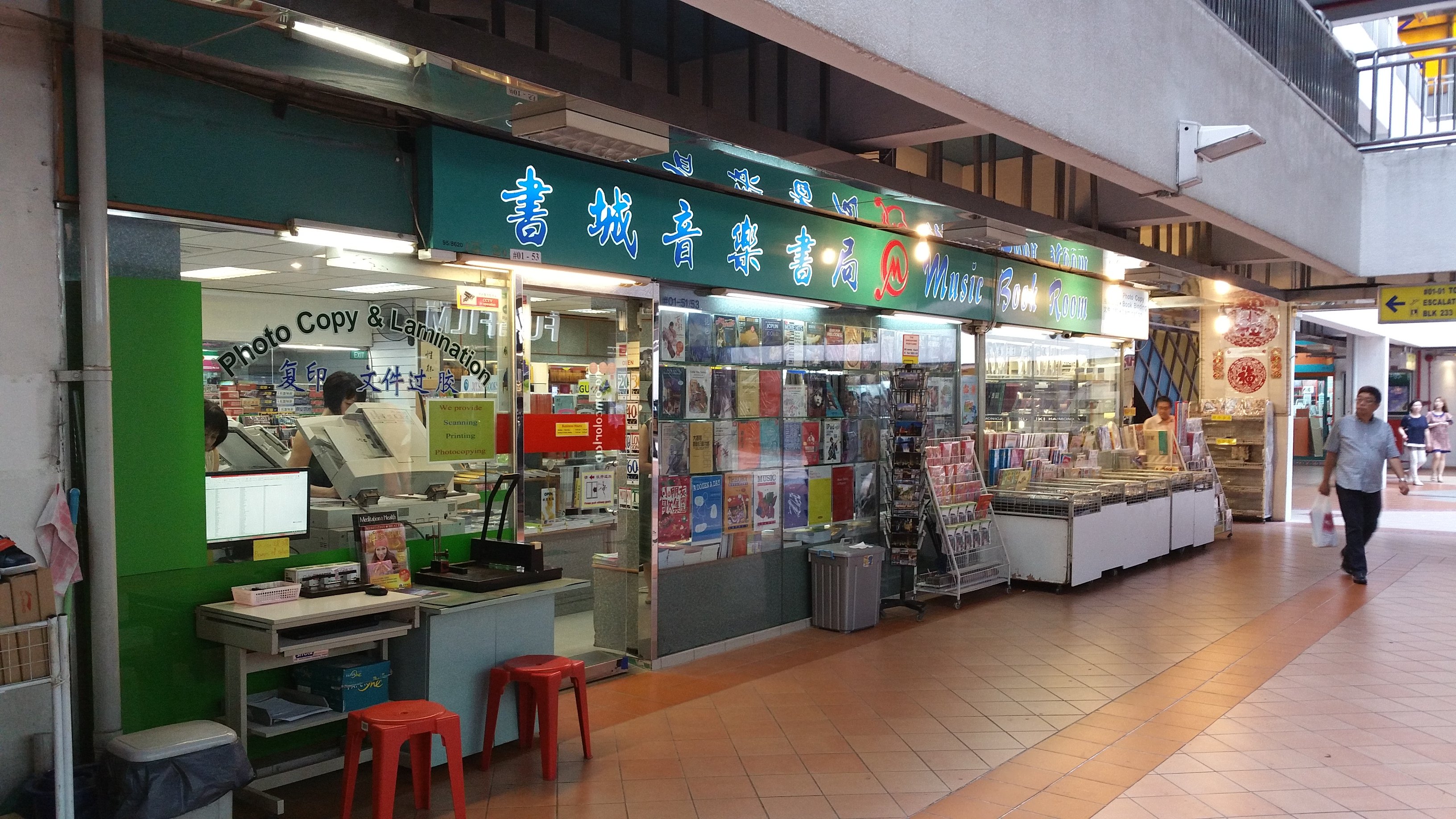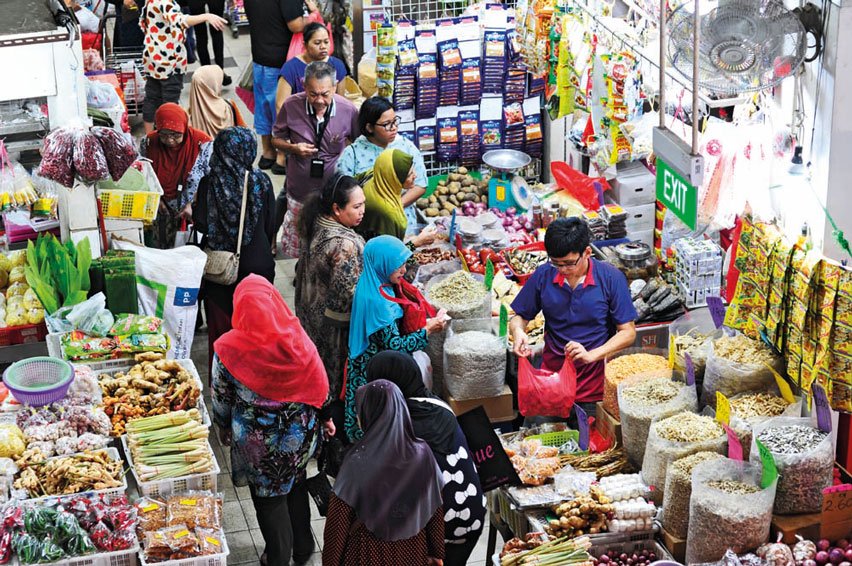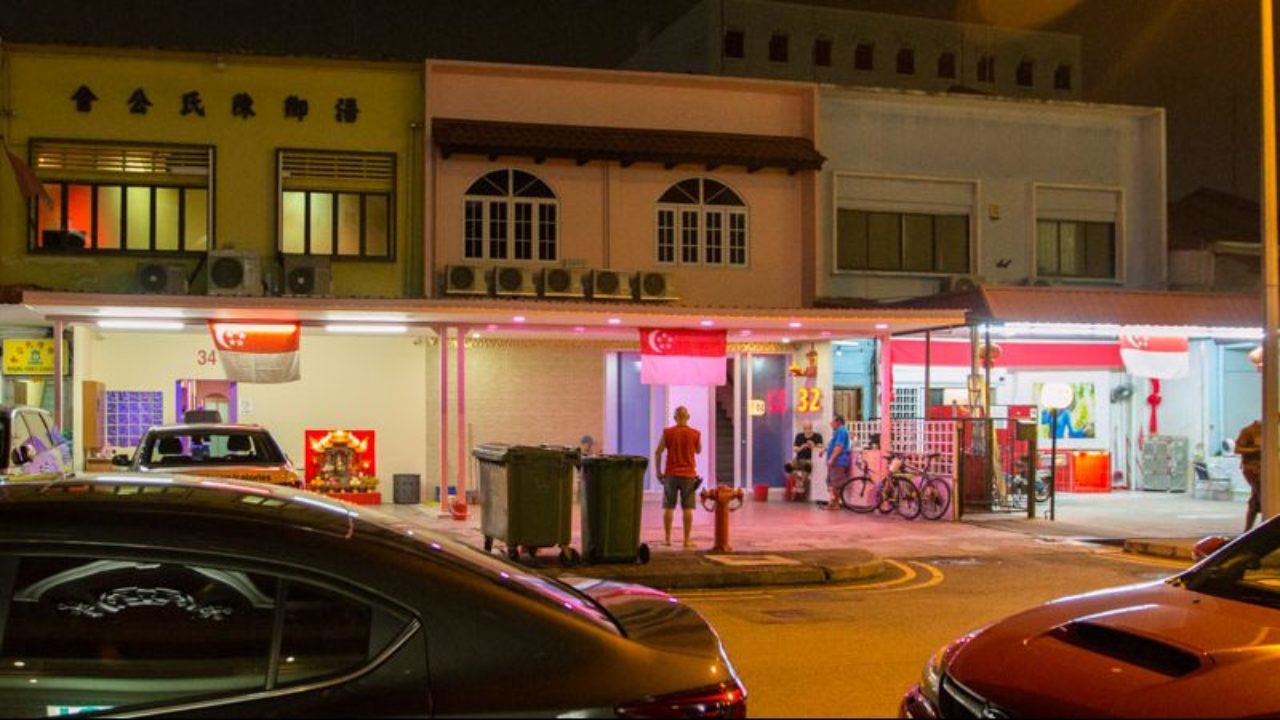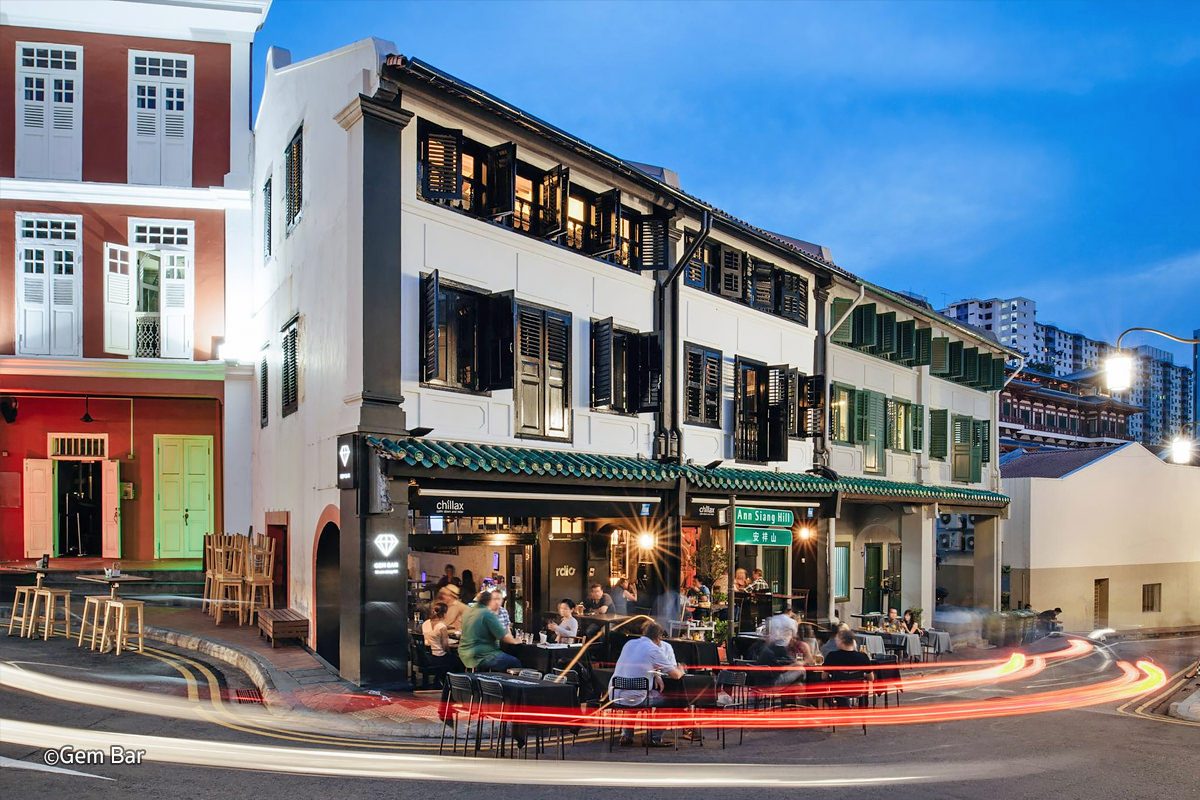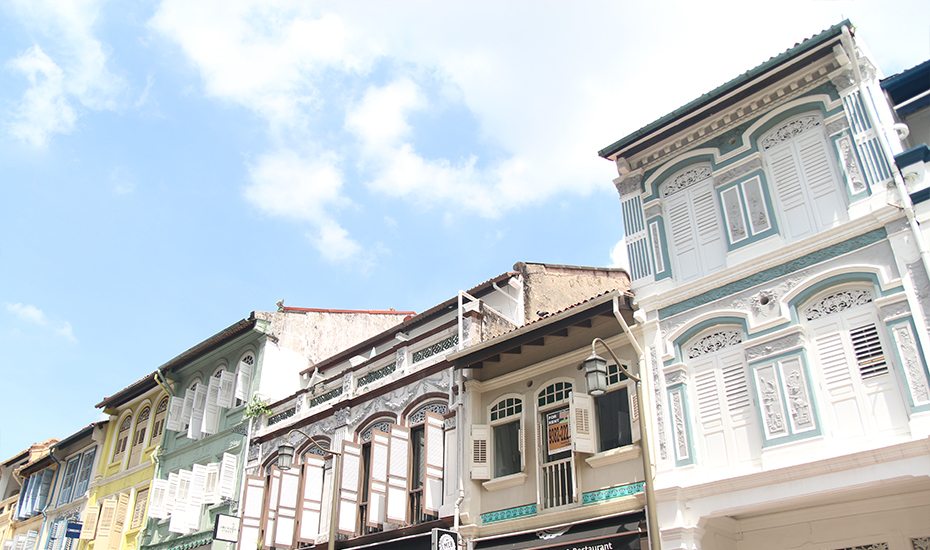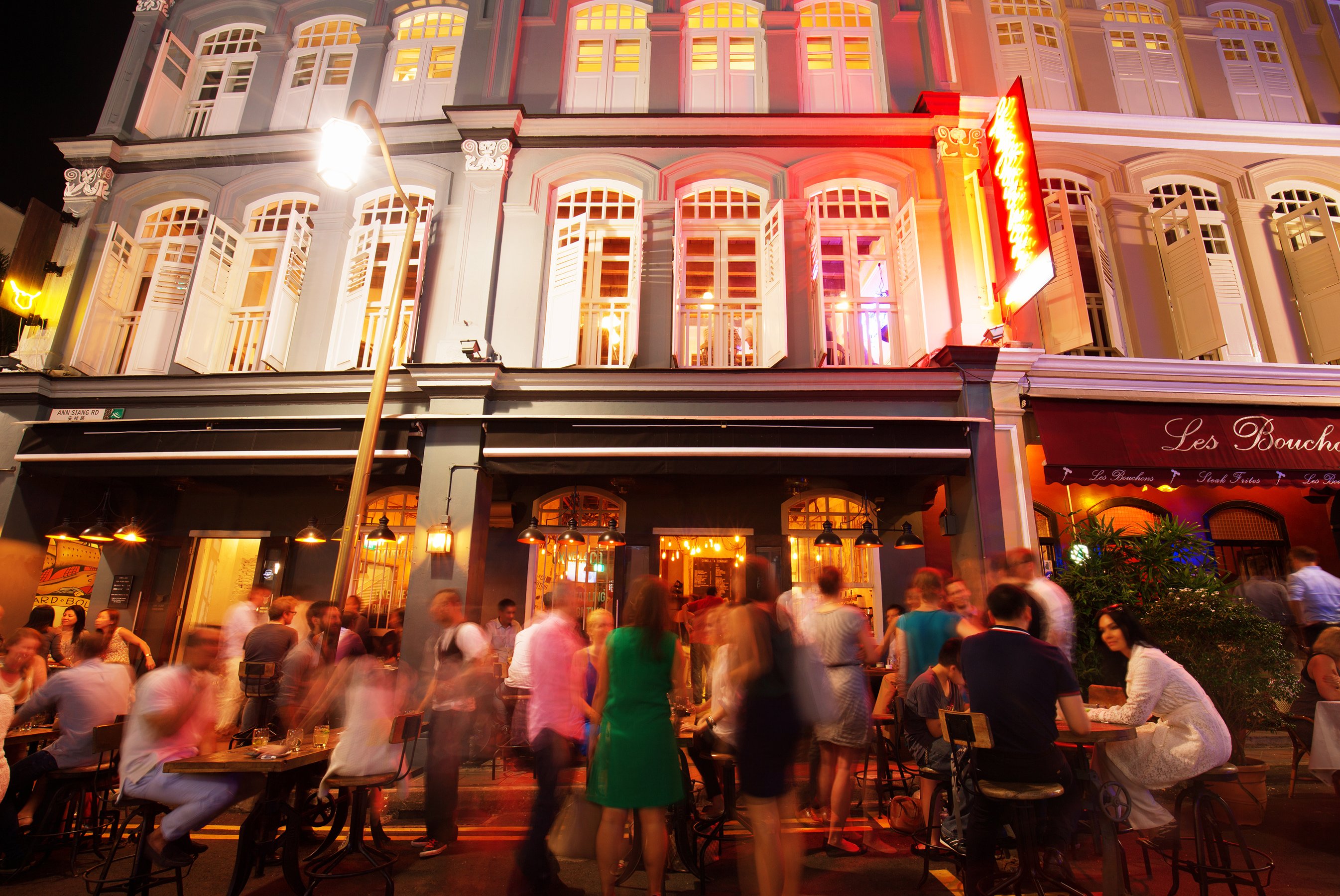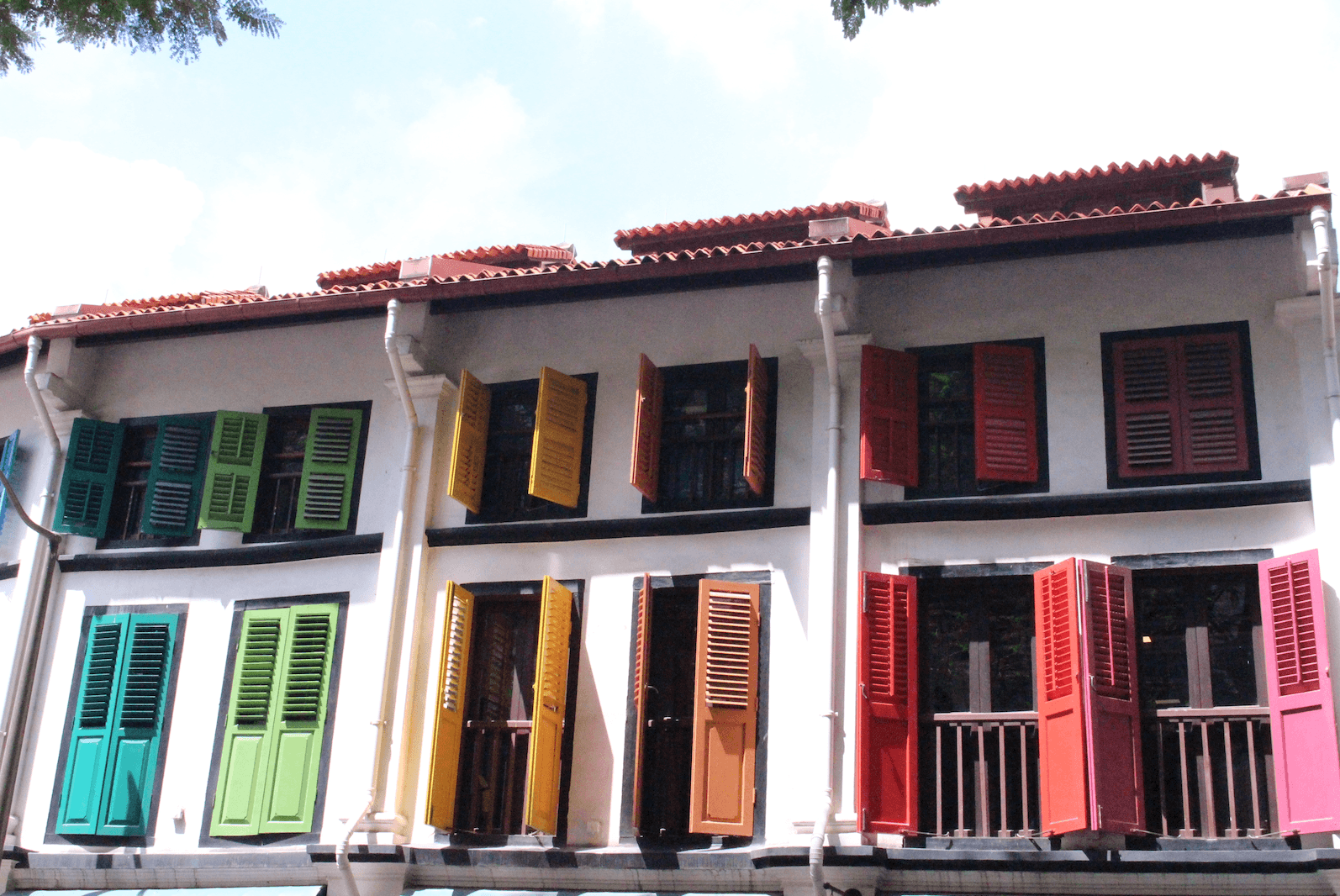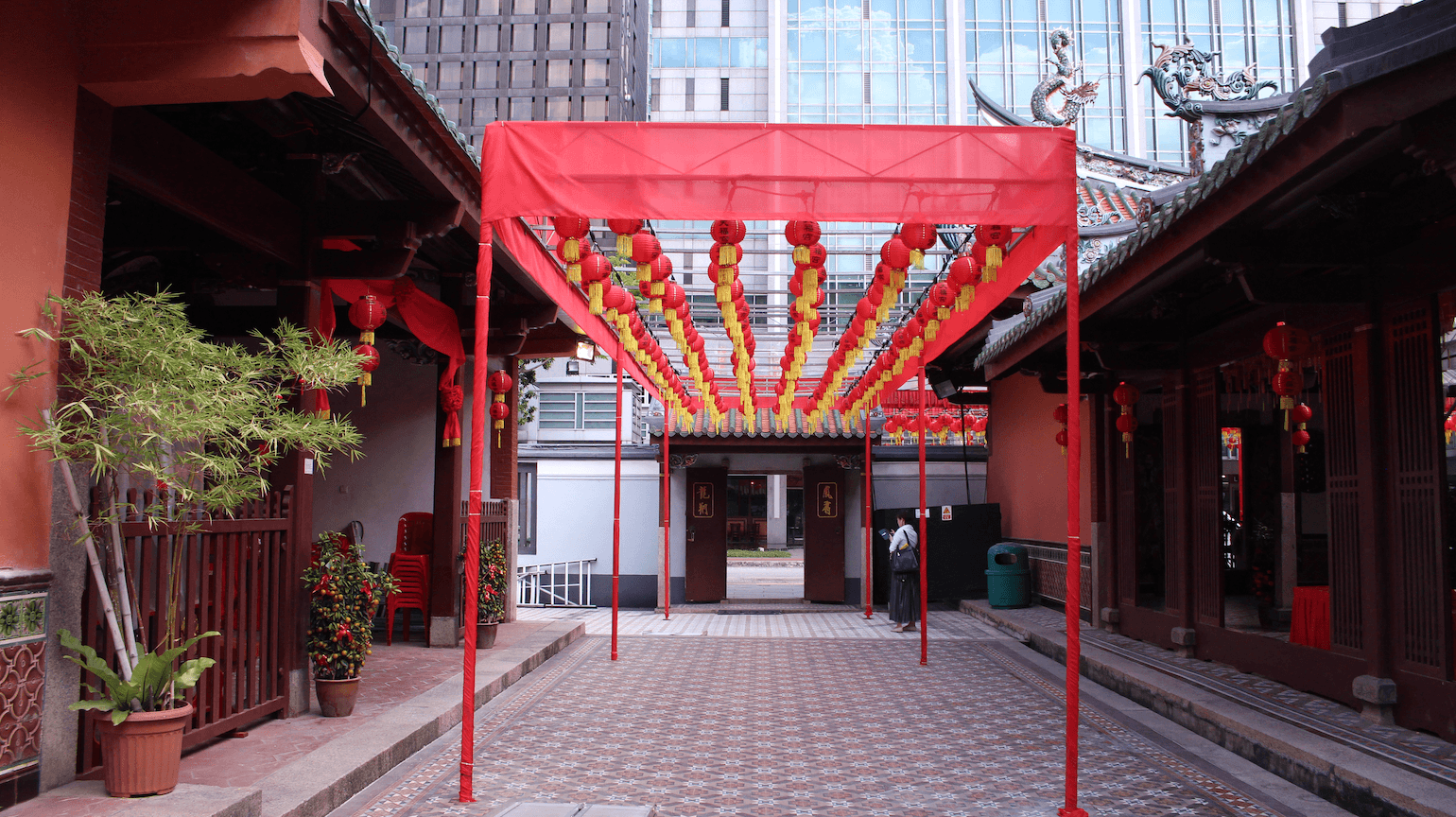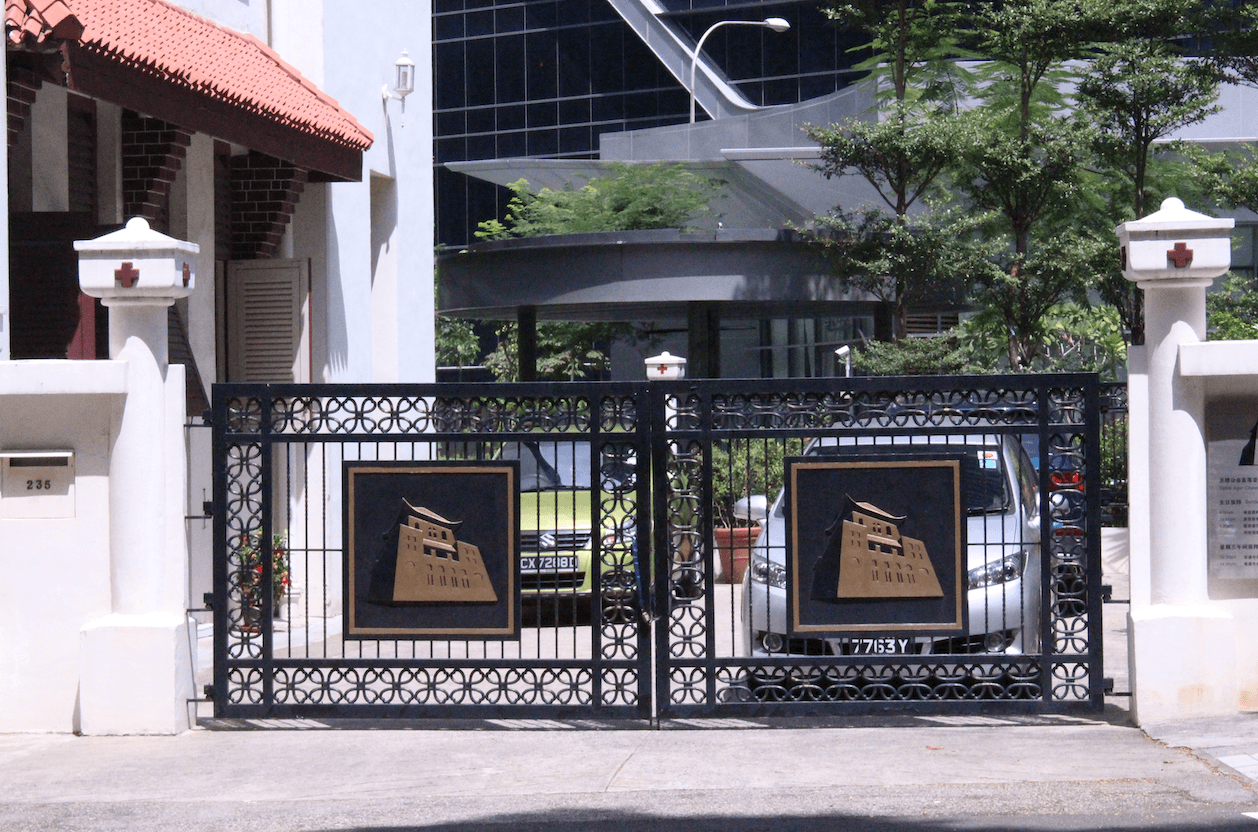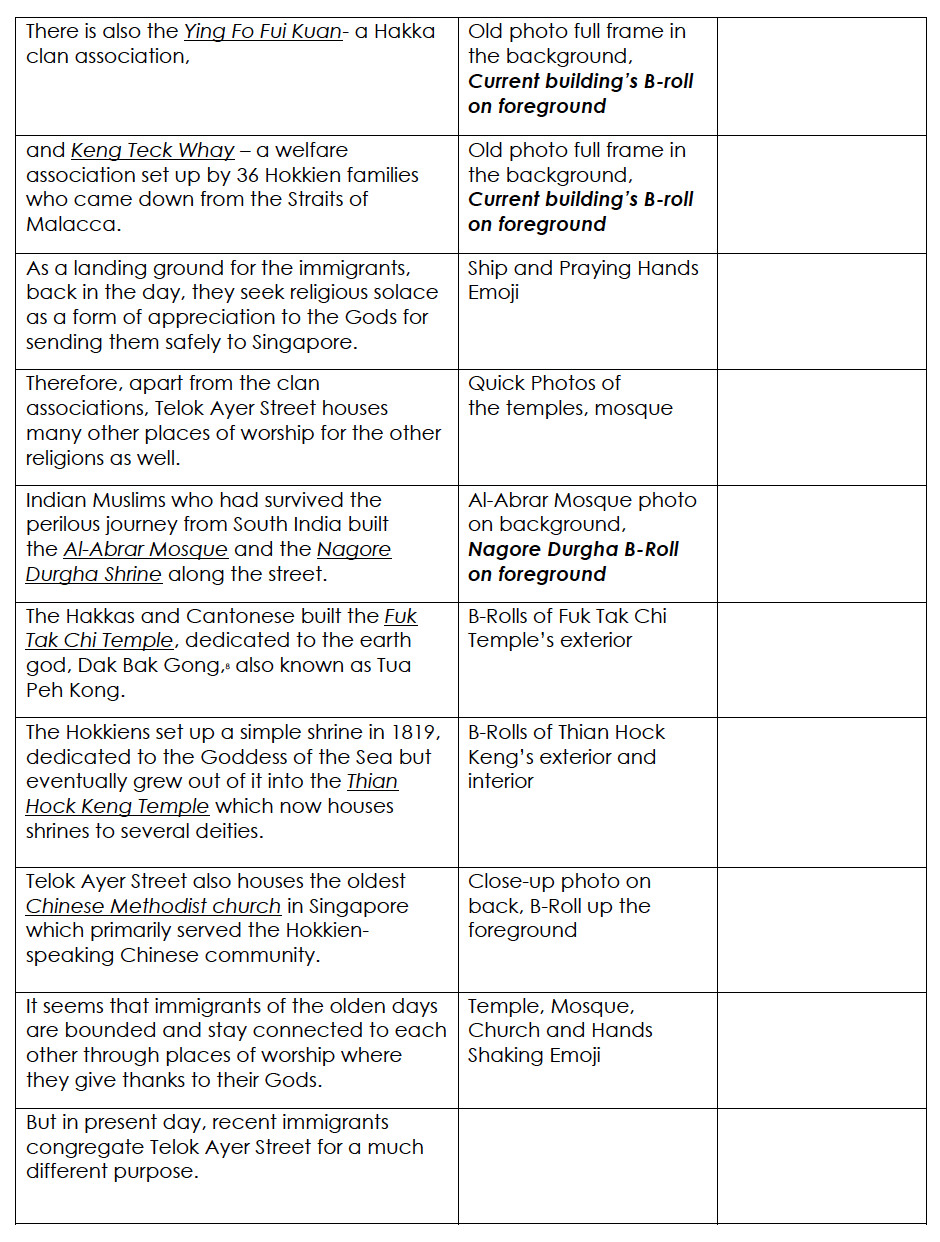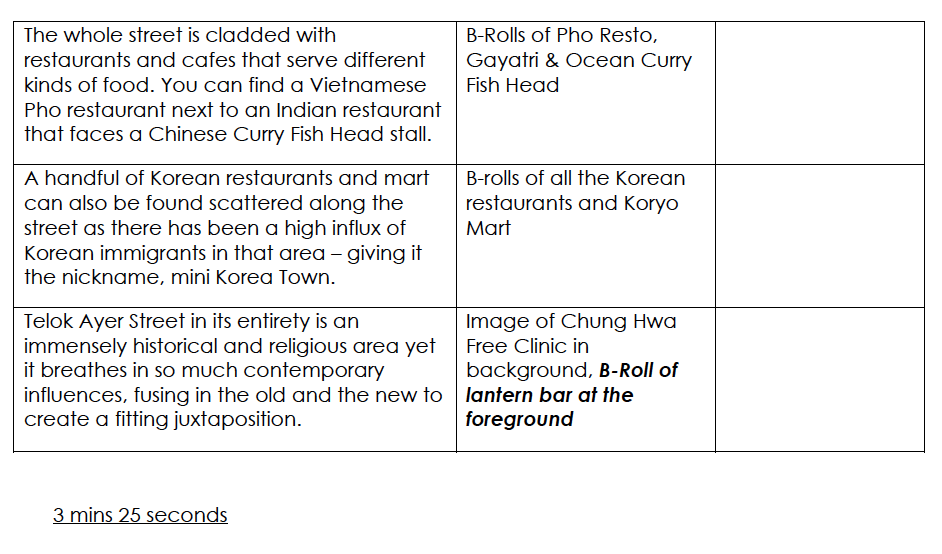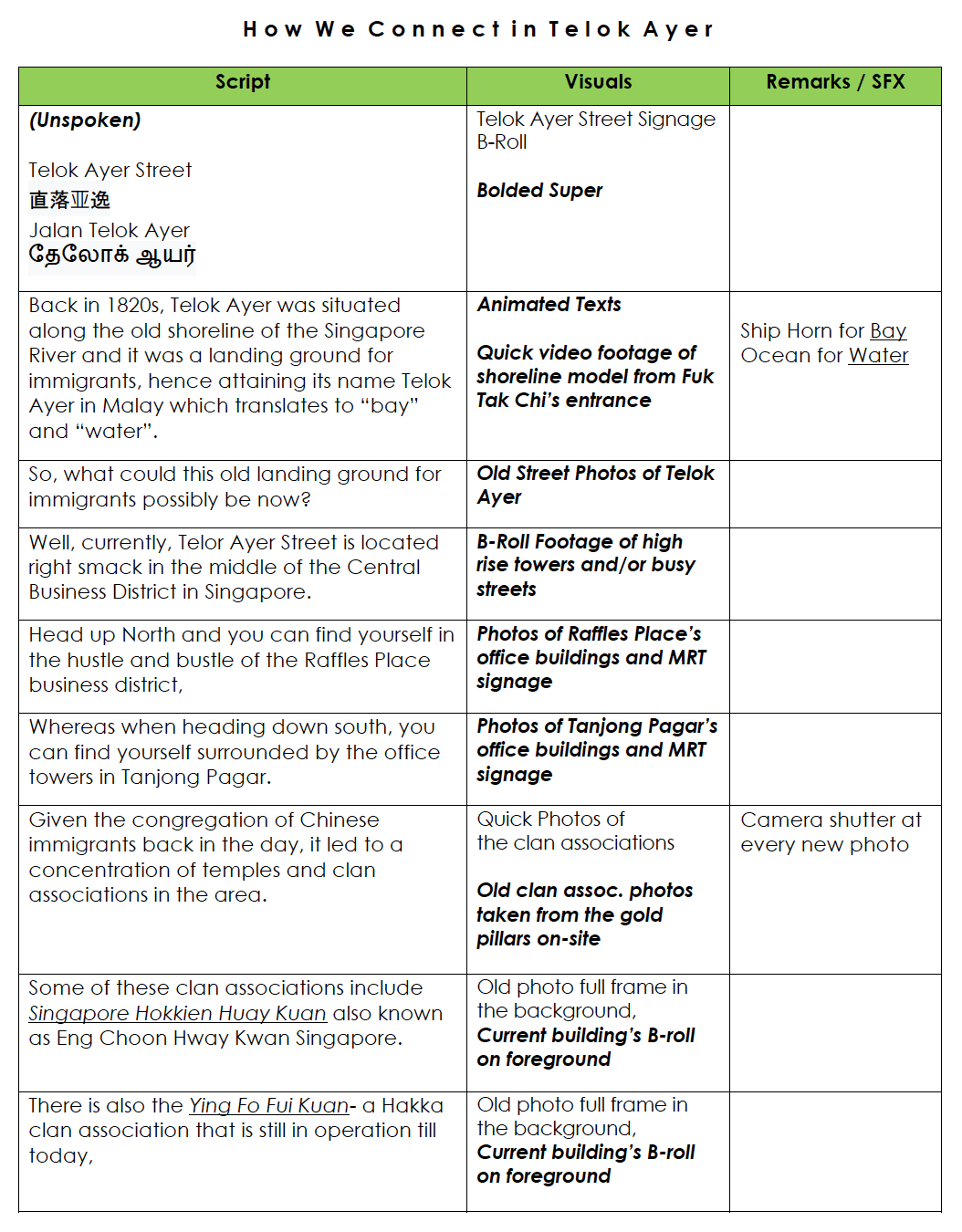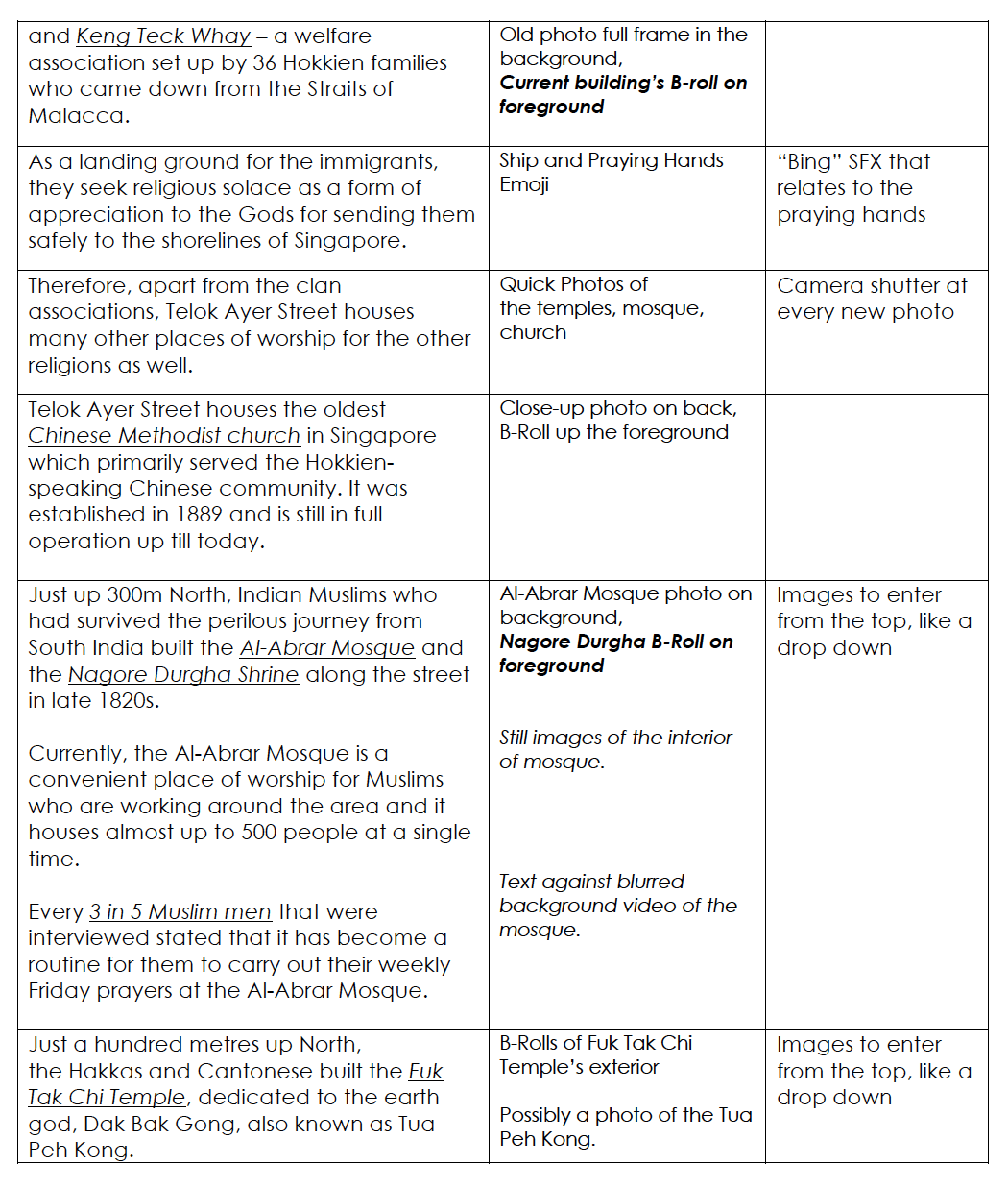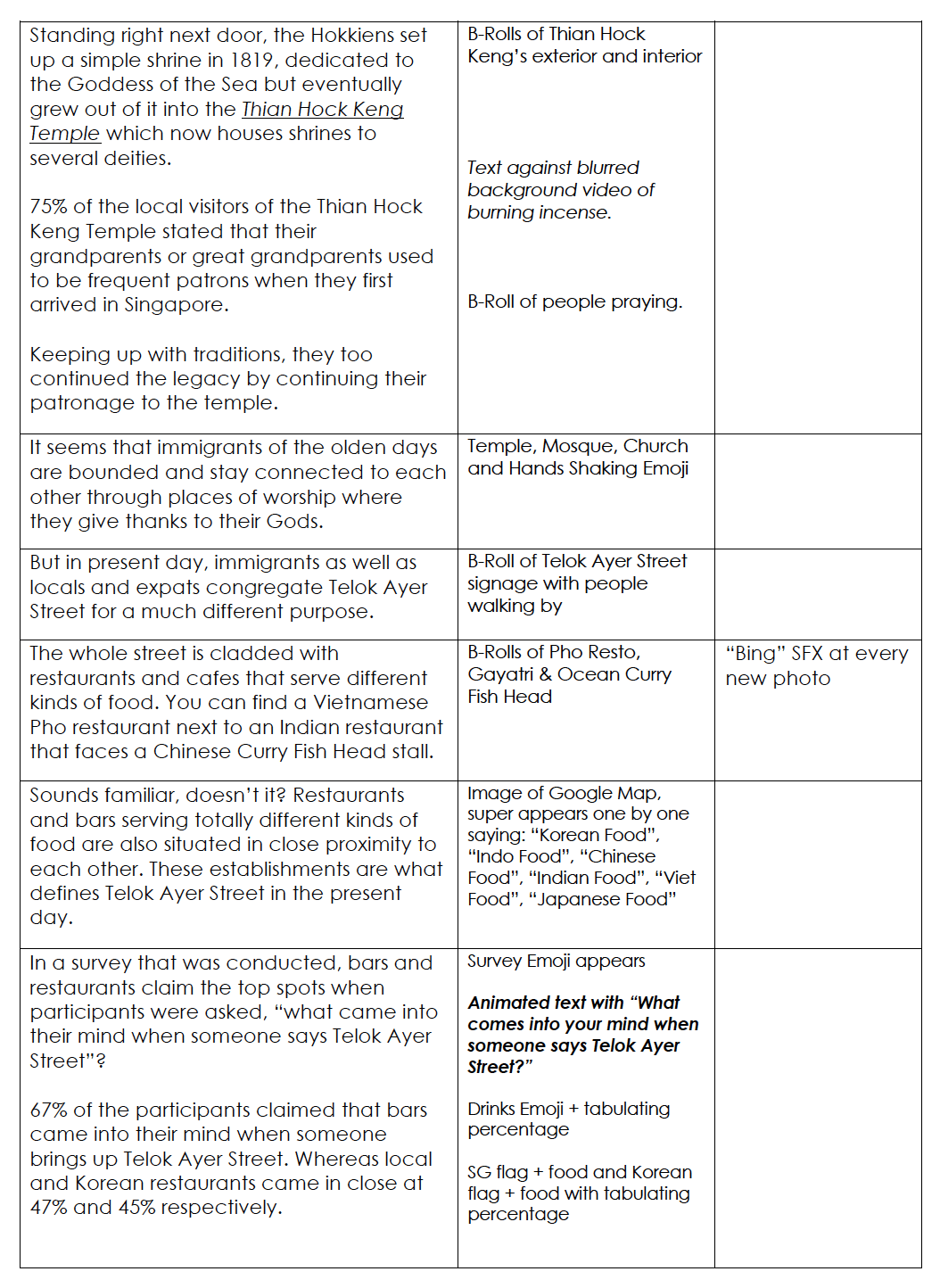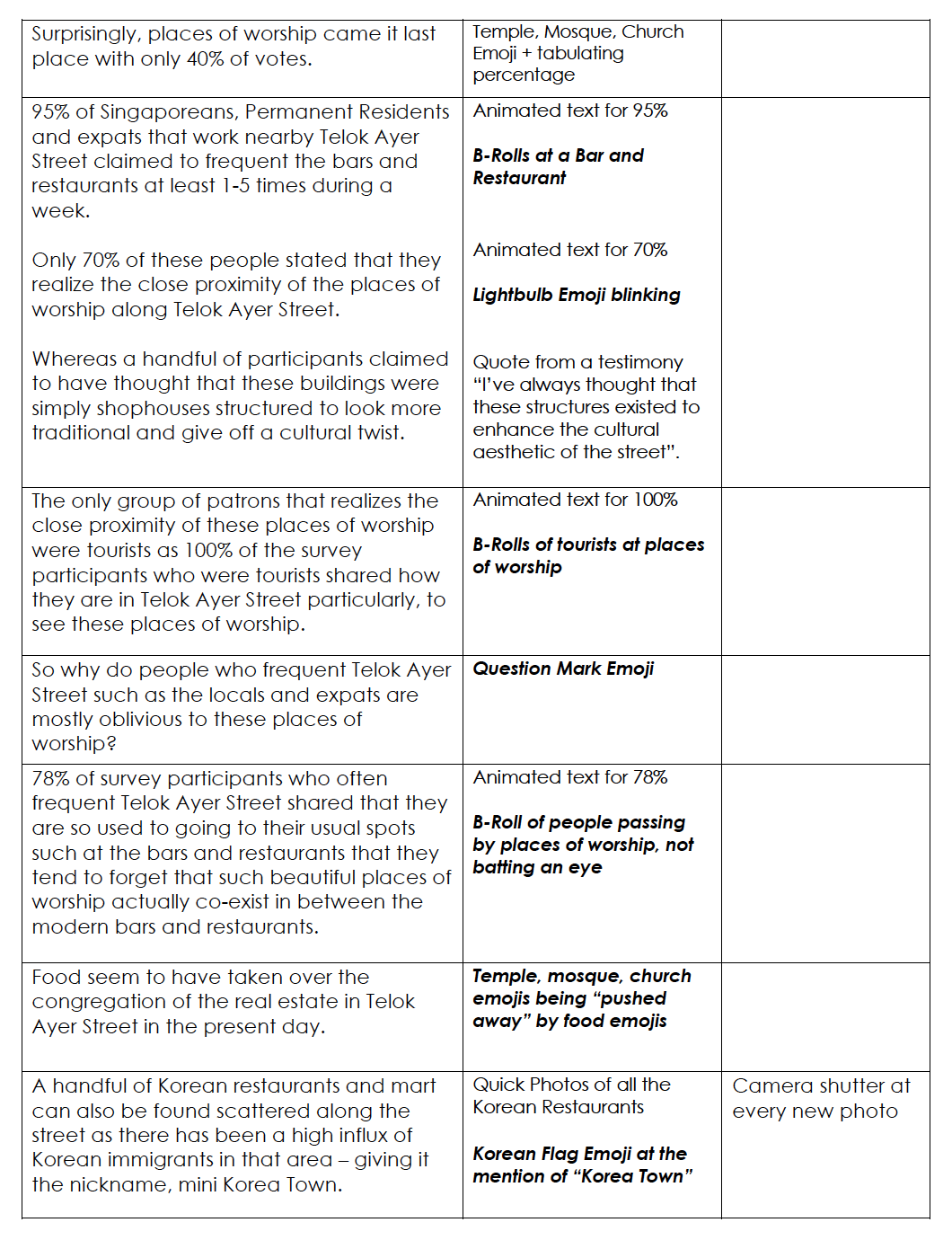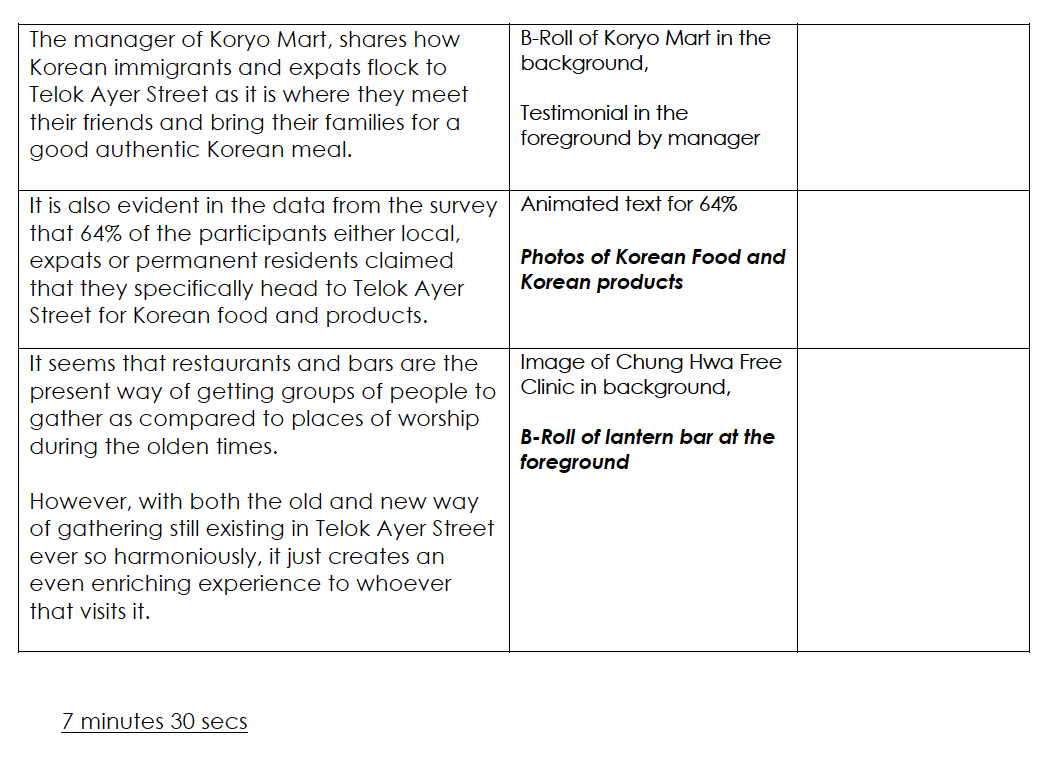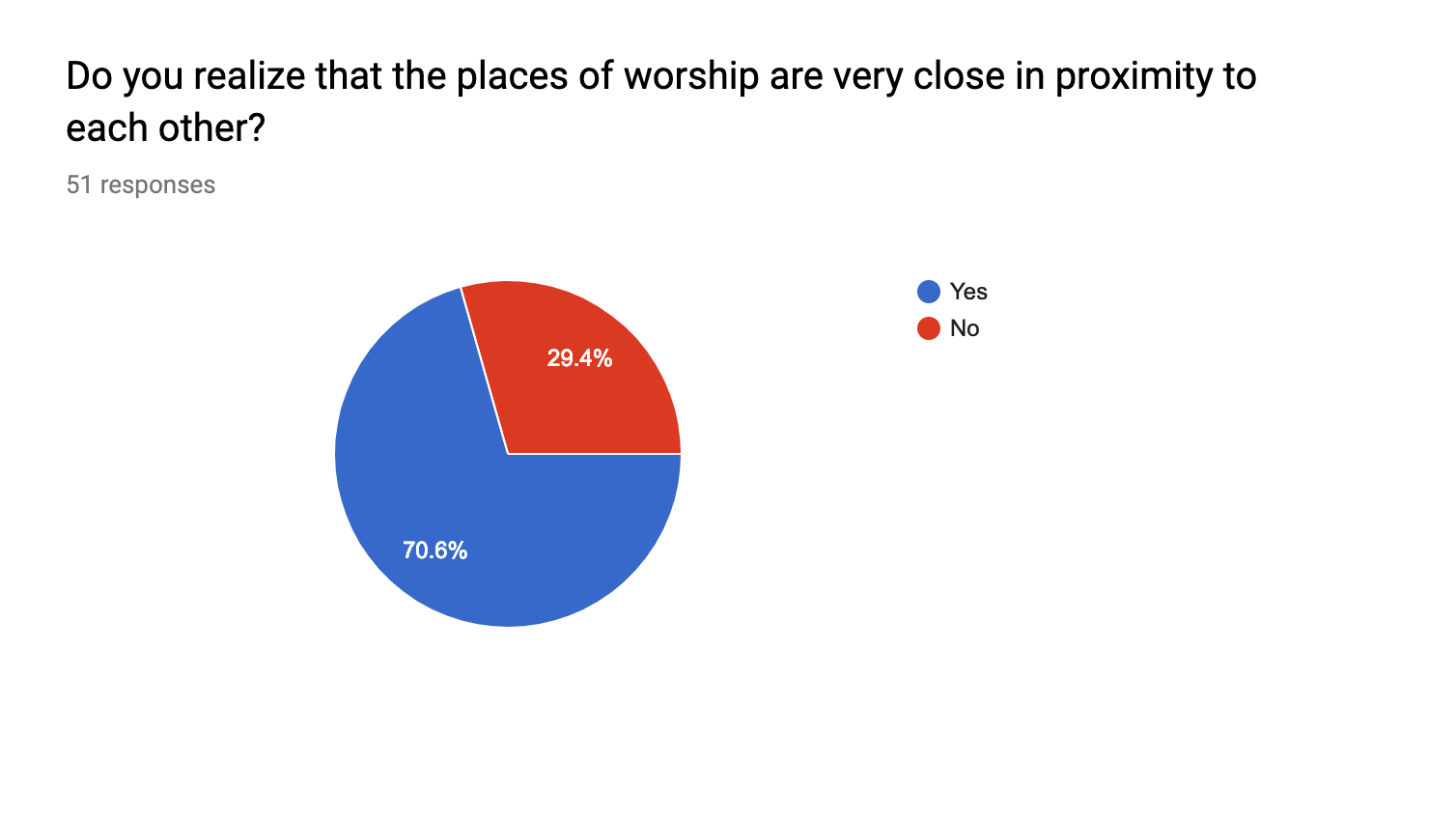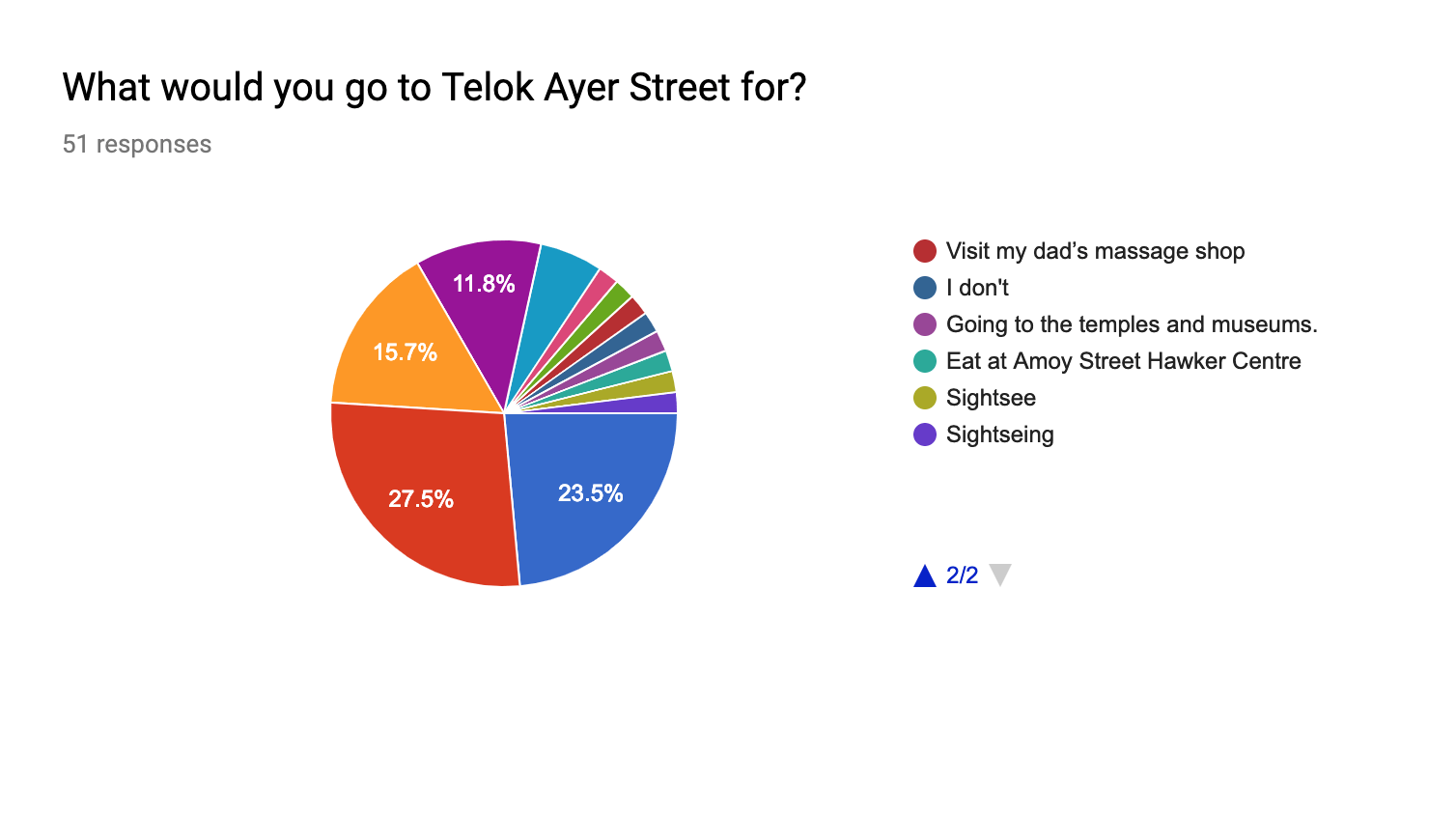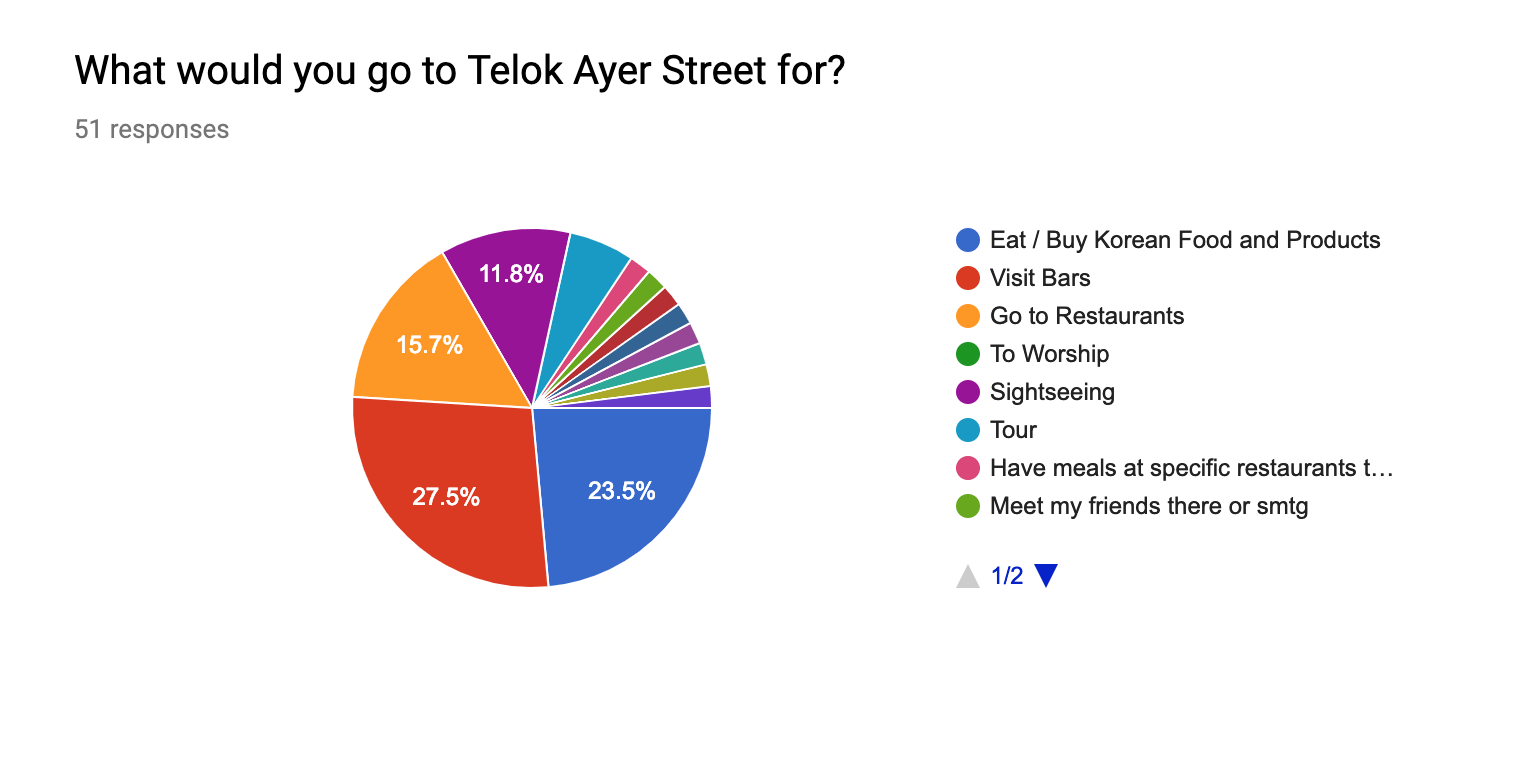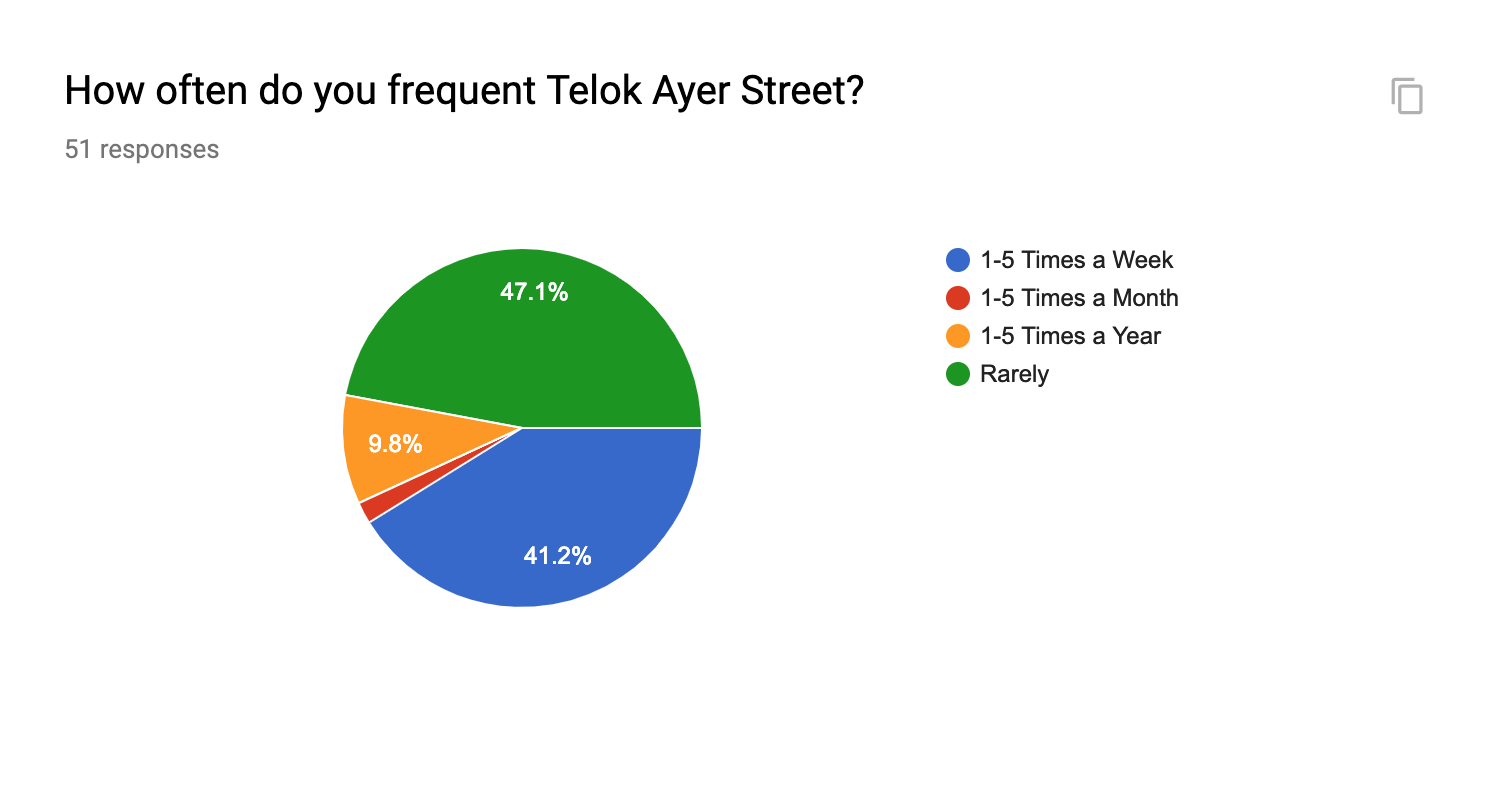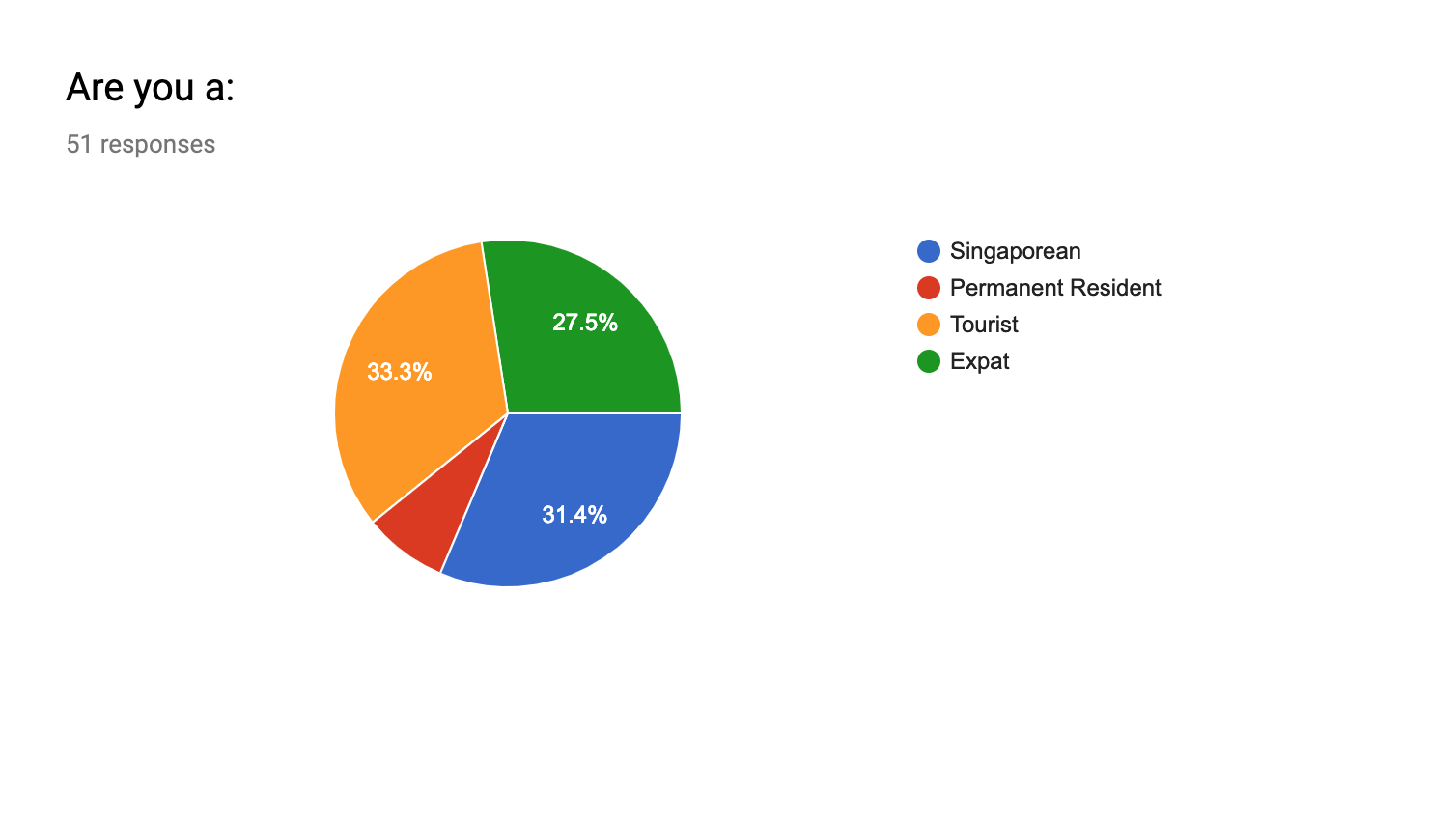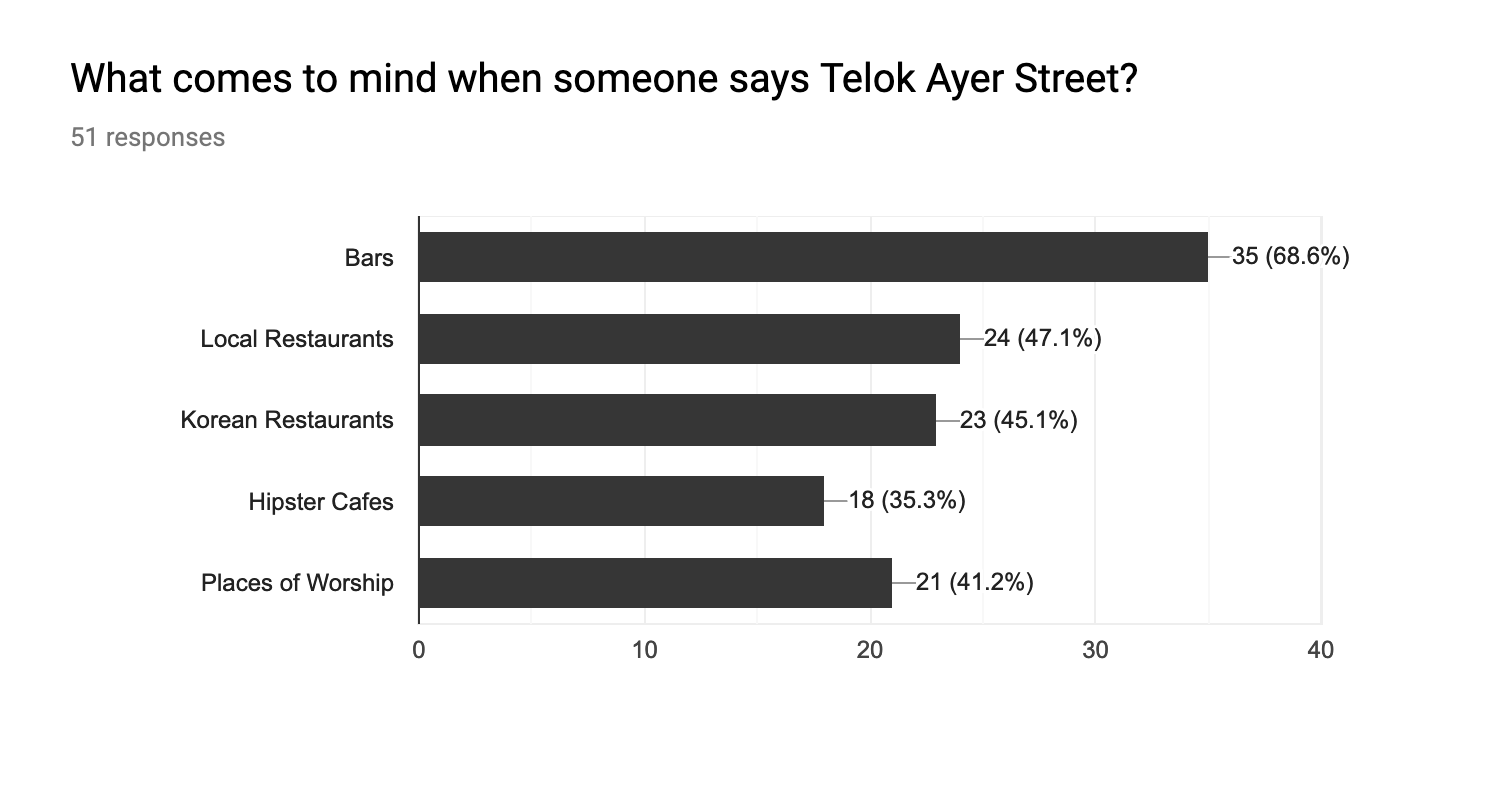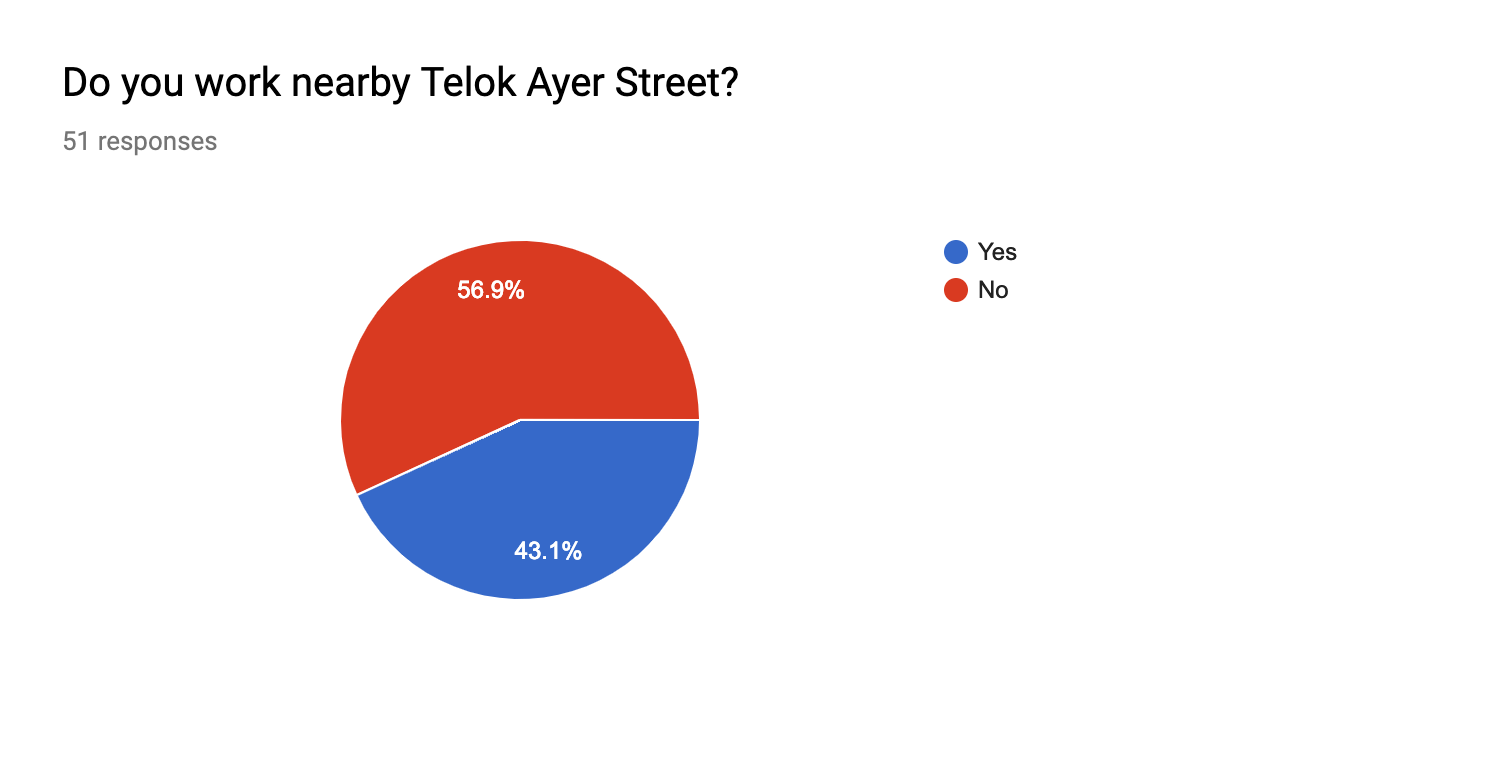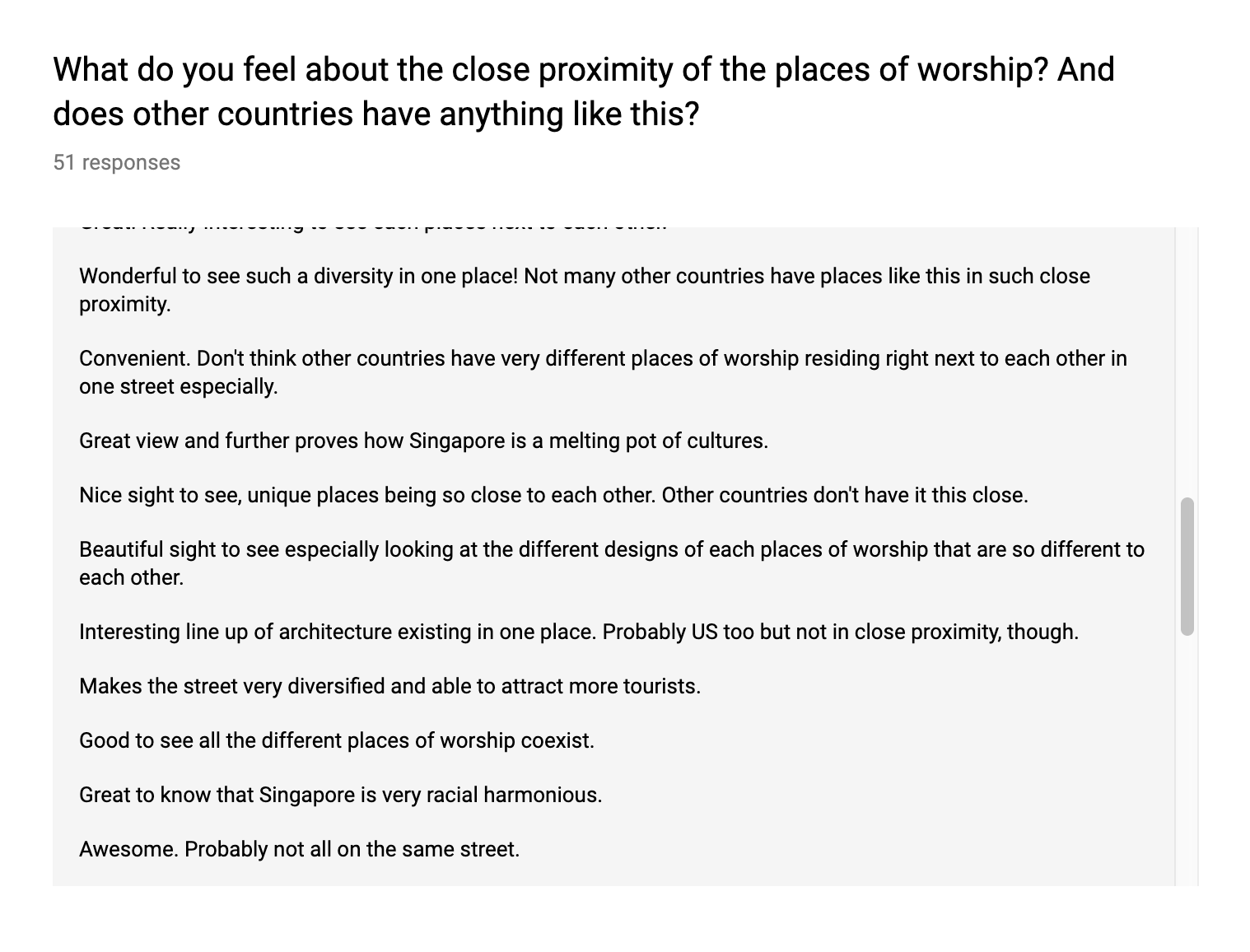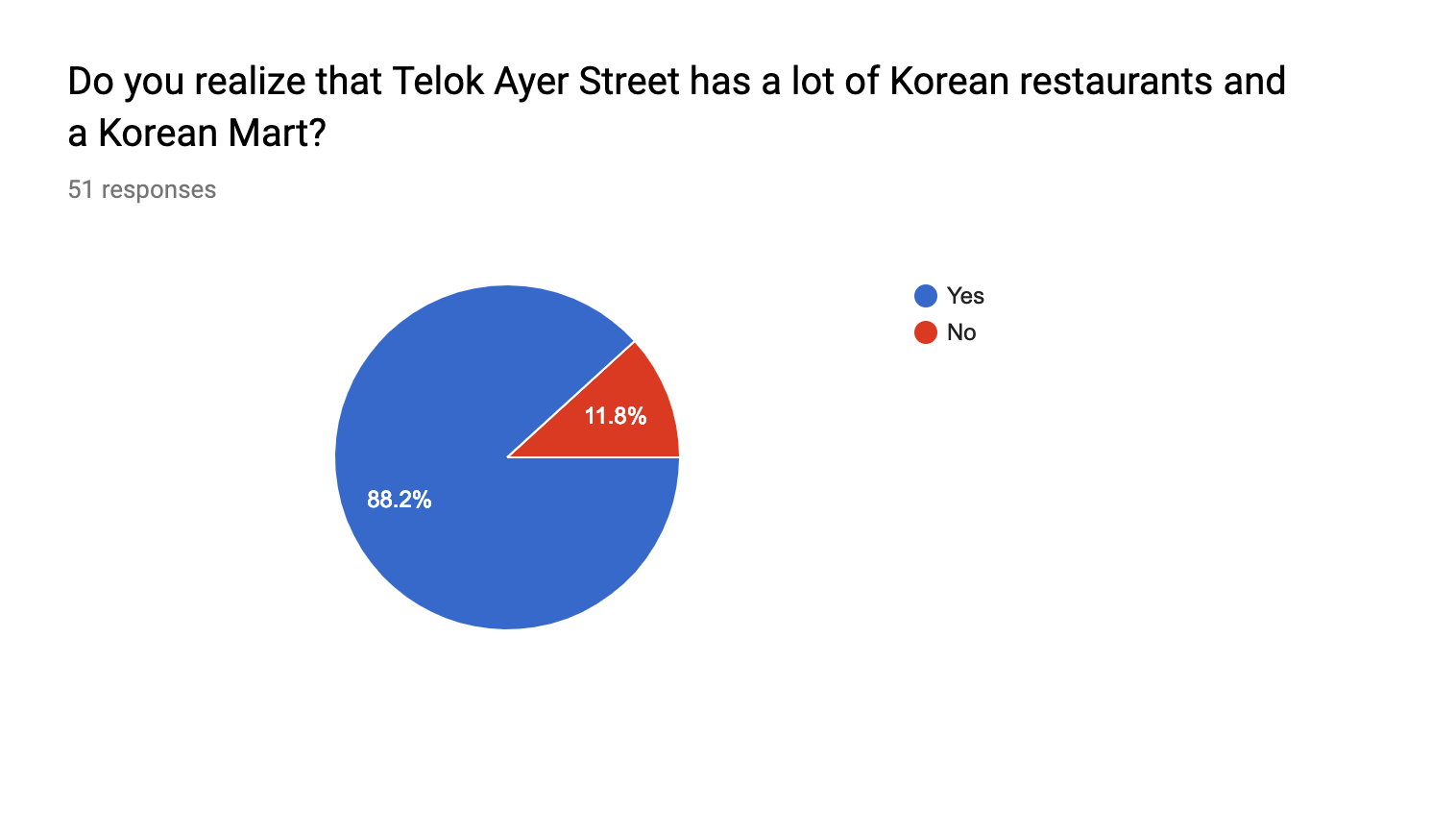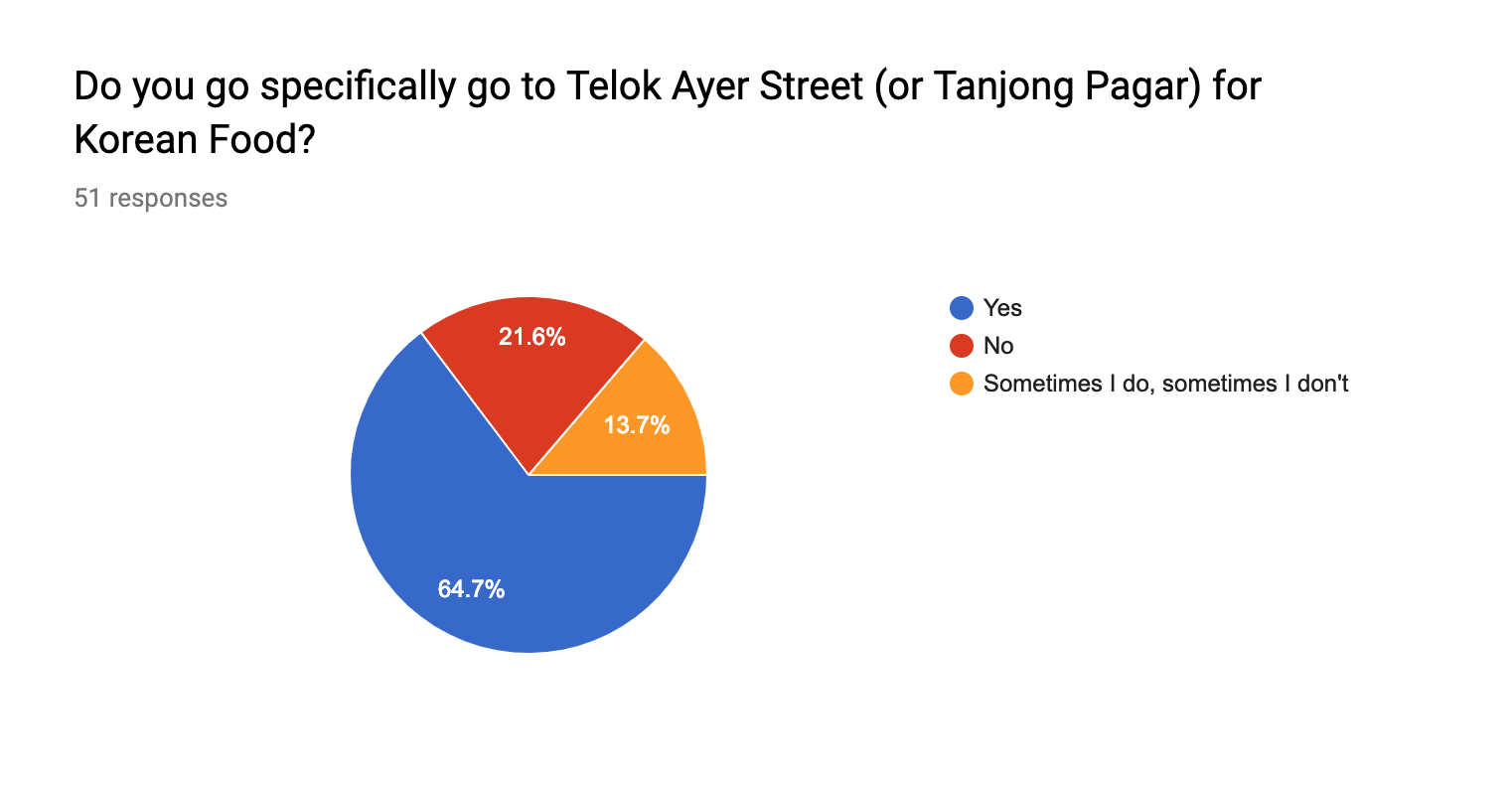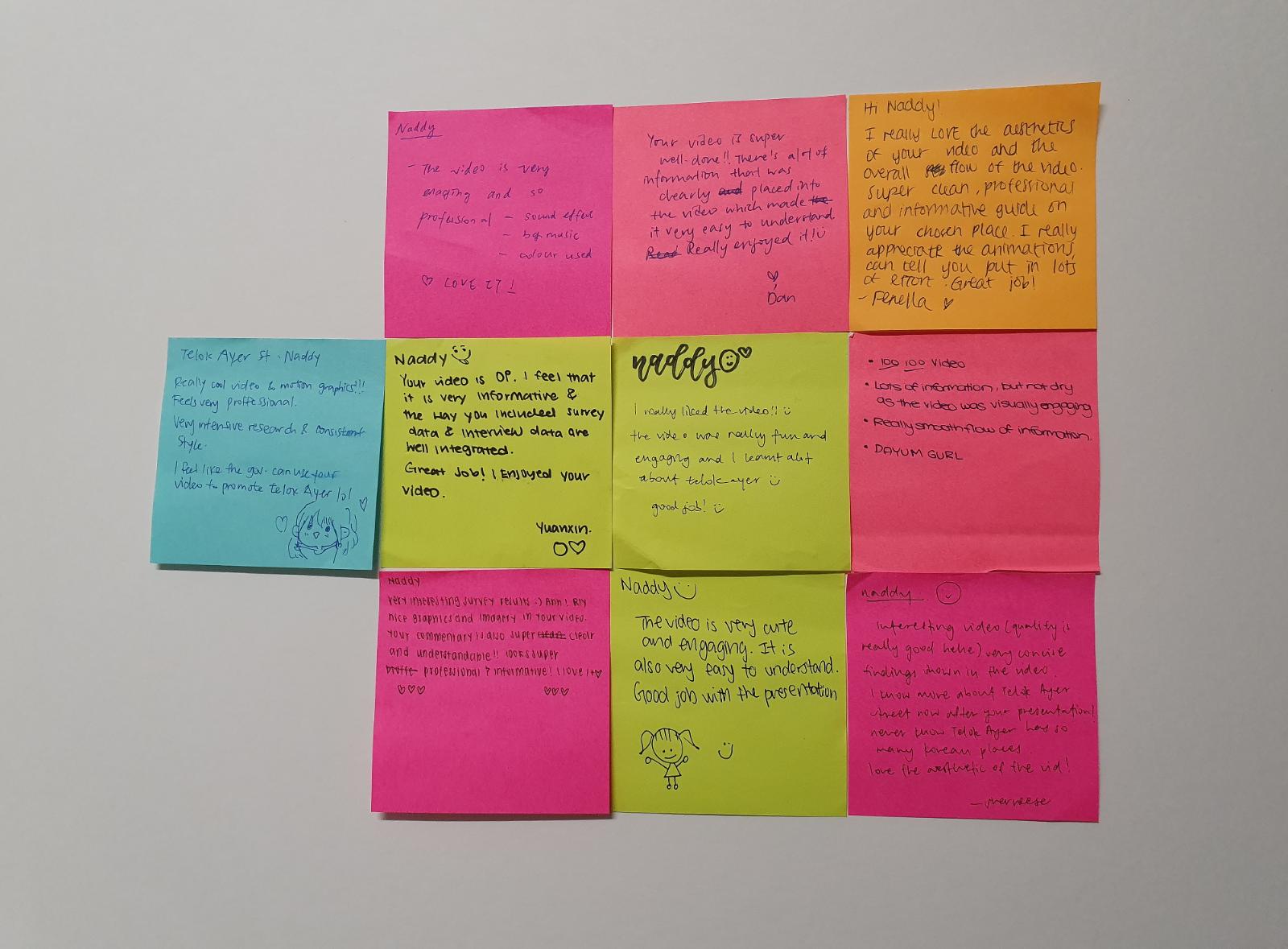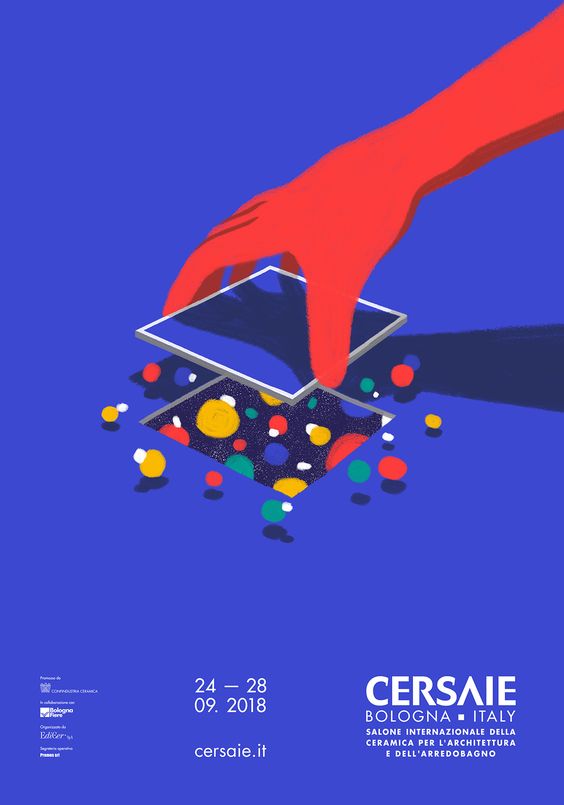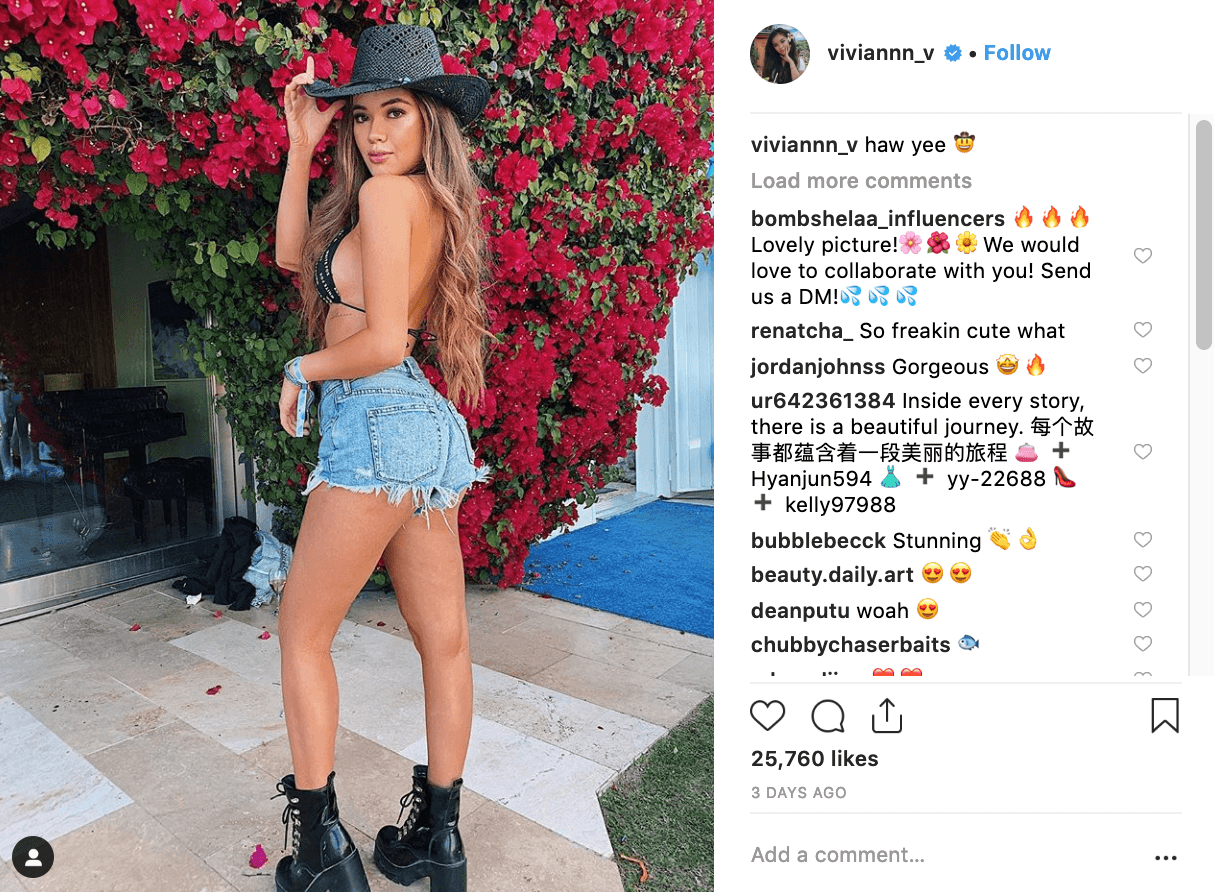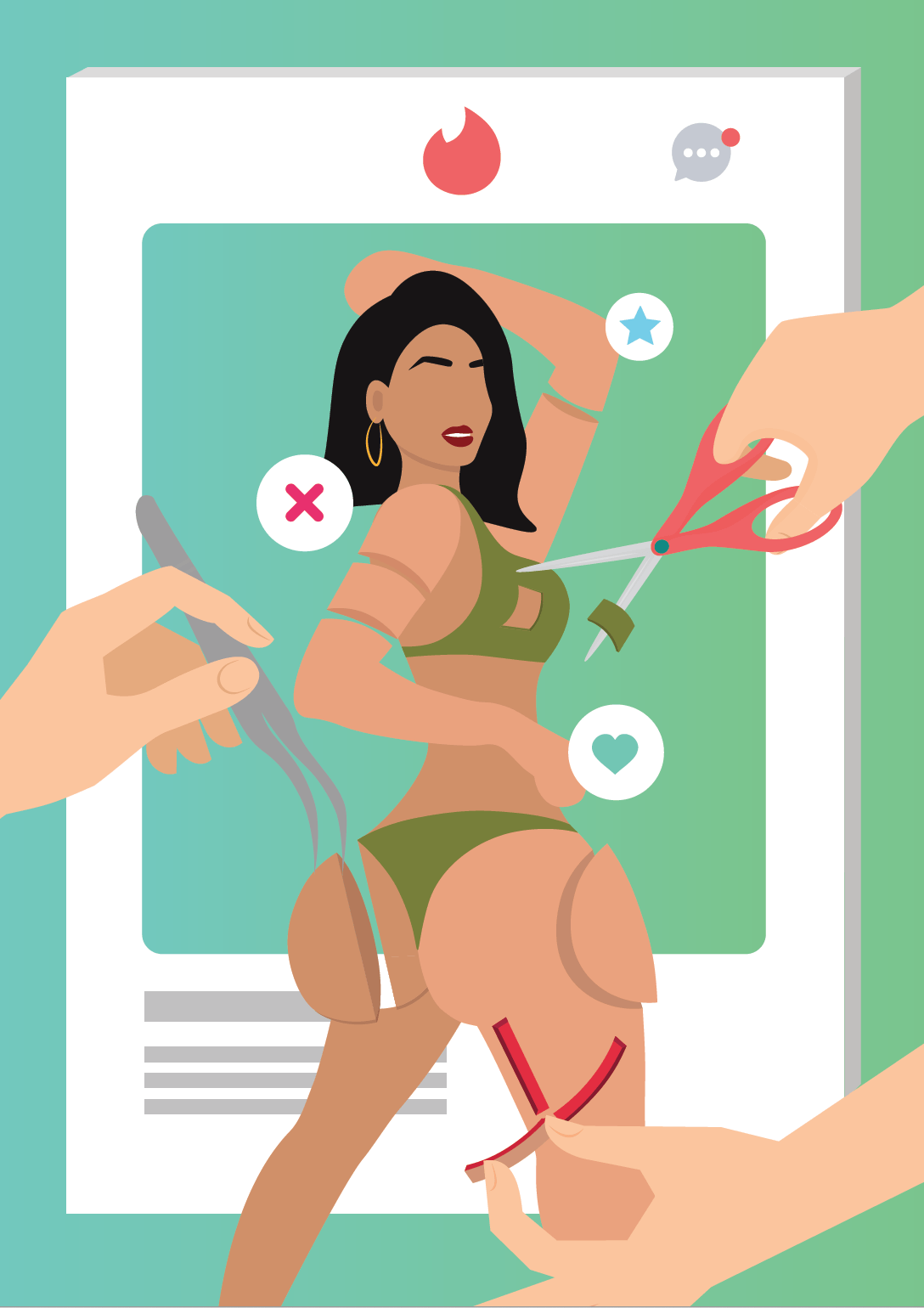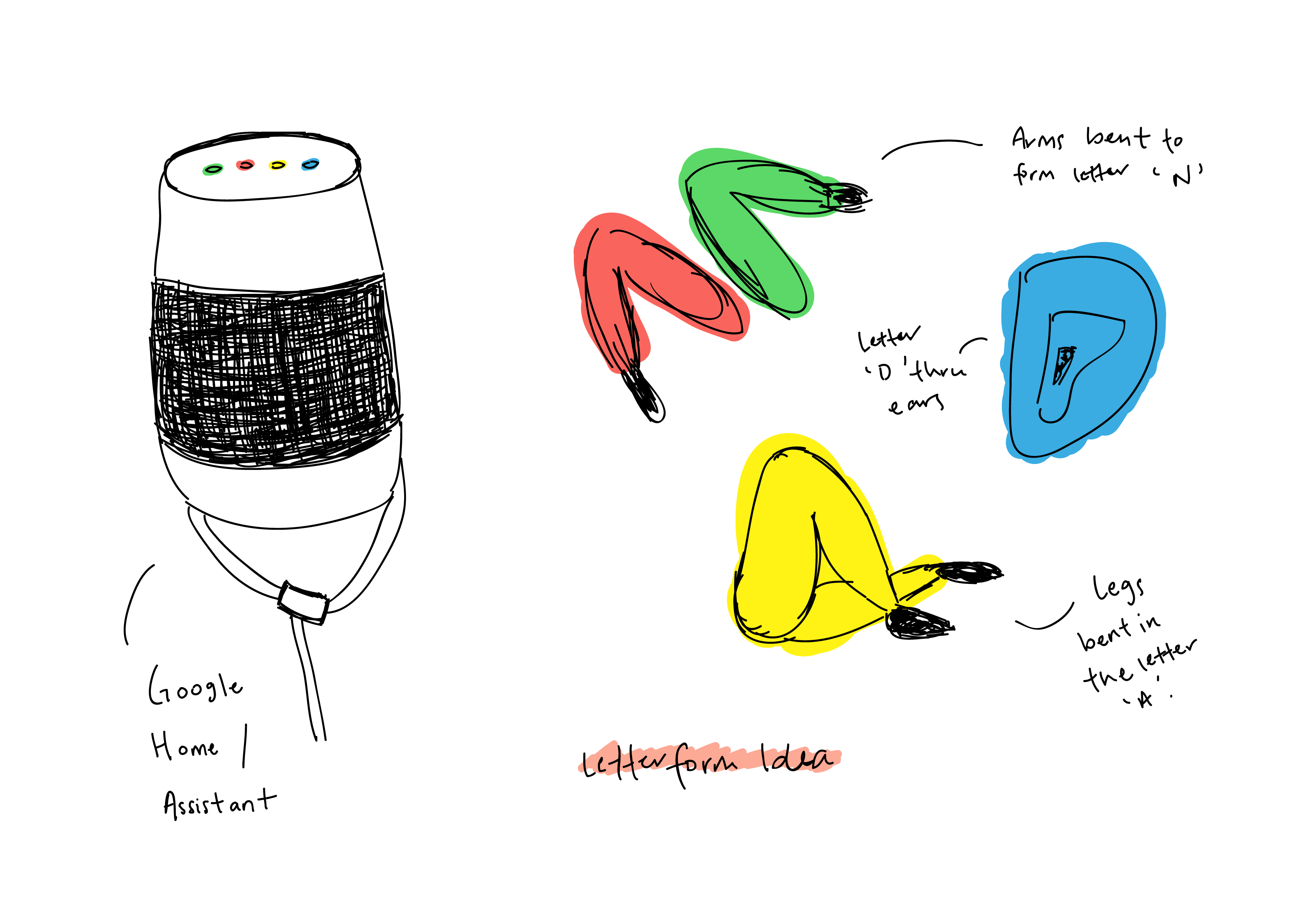When I was first introduced to the world of design 5 years ago, I often associated it with graphic and web design purely for the sake of advertising as that was what I was mainly exposed to at that point of time. However, design bears an array of definition and one of it is to make everyone’s day-to-day life easier and to also act as a medium for communication. This correlates to what Kim Goodwin had mentioned at the beginning of the chapter where she wrote, “This intentional shaping of the world for mass consumption is often referred to as design.”
Design Solution
The term “design solution” is a buzz-phrase that I have been hearing people throw around but what does it exactly entail? The explanation here suggested that some of these solutions could be tangible products or they could also exist as a service providing specific experience. This statement made me derive to the thought that designers are “human-centered” problem solvers that are responsible in visualising the end-product and communicating with every parties involved in the process as well. It is interesting if we put to perspective how doctors solve medical issues, engineers solve technical issues and designers somehow solve human-centered issues. I feel this is why designers have to keep up with a lot of knowledge from social issues, science, technology, etc so as to create the perfect solution for the issue.
science or art?
I love how Kim chose to categorize design as craft. Design does not equate to science as it works past only understanding how things in the universe work. Although it is true that to start designing to solve the issue at hand, one must be familiar with the scientific facts pertaining to the human senses, cognition and ergonomics – all of which are used to get better understanding of the demographic. I feel that the scientific aspect of things are often overlooked as many designers tend to forego these facts that help to aid the design into being more functional and plausible as they often focus on the aesthetic of the work and are too fixated on the design being beautiful.
This is why design and art are defined together as designers tend to express their own preferences and vision onto the design which takes them away from serving to solve the human needs and goals. As such, finding the right middle ground between art and science is a craft as it truly showcases the best of a design being able to cater to the human needs yet possess great artistic value at the same time.
re-defining experience design
“We can design every aspect of the environment to encourage an optimal experience, but since each person brings her own attitudes, behaviors, and perceptions to any situation, no designer can determine exactly what experience someone has.”
This statement is a good argument as to why human-centered product and service design is not exactly experience design. Designing every component of a service and product to the perceived optimal does not necessarily mean that it would be the best experience for everyone as it is purely subjective and based on different user’s behaviours. What I garnered from this is that experience design is a one-way communication from the designer to the user but interaction design allows for a two-way communication where the designer responds to the user.
But isn’t interaction design interface design?
Non-designers and designers alike often misunderstand what interaction design is and will interchange it with interface design. I like to think of interface design as addressing touchpoints such as screens and buttons on a website, the “look” and visuals of the service and also to ensure the user stays on the website. Interaction design however, as Kim had coined, is “focused on what people want to do as well as how they can best accomplish it”.
I feel that interaction design is the big picture in any design discipline and is not fixated on interface design. Interaction design focuses on what the product or service is about and then providing the best way to experience it while taking into consideration how the users behave towards it and what they actually want from it. This span across product design, architecture, interior design, graphic design among many others and what makes a design successful does not lie on how good it looks but in the functionality and how sensitive it is to making the user’s experience seamless.
Goal-Directed Design – best design technique
“Its fundamental premise is that the best way to design a successful product is to focus on achieving goals. Although the rhetorical emphasis is on user goals, the method also incorporates the goals of the customers (people who purchase but don’t use a system) and of the business creating the product or service.”
As I read how Cooper hires skilled and experienced designers and sending them through classes and apprenticeship to master the techniques of goal-directed design, I realise how education or learning in general plays an important role in implementing goal-directed design. In a way, I feel that tertiary art/design schools are actually trying to cultivate the practices and processes of goal-directed design techniques in every project and assignments.
Final Thoughts
Looking at the overview of the Goal-directed process, I feel that it is extremely relevant to how we will be tackling our FYP thesis in this module and moving forward as we actually start implementing and creating it. I find the steps that come before “detailed design” extremely important as these are the essential foundational blocks needed before actually producing the detailed design. With goal-directed design techniques and experience design technique explained, the future projects that I will embark on would have to have great considerations of these concepts in order to create a meaningful product that would resonate with my demographic.
